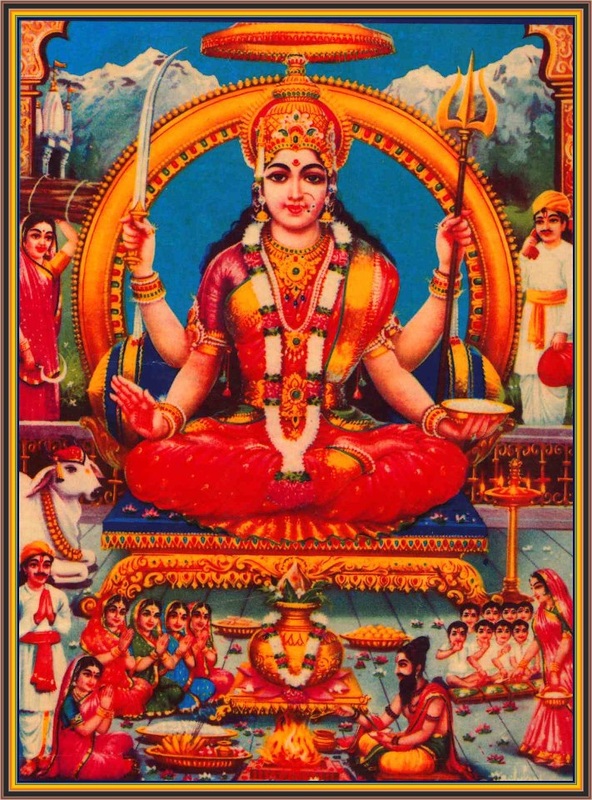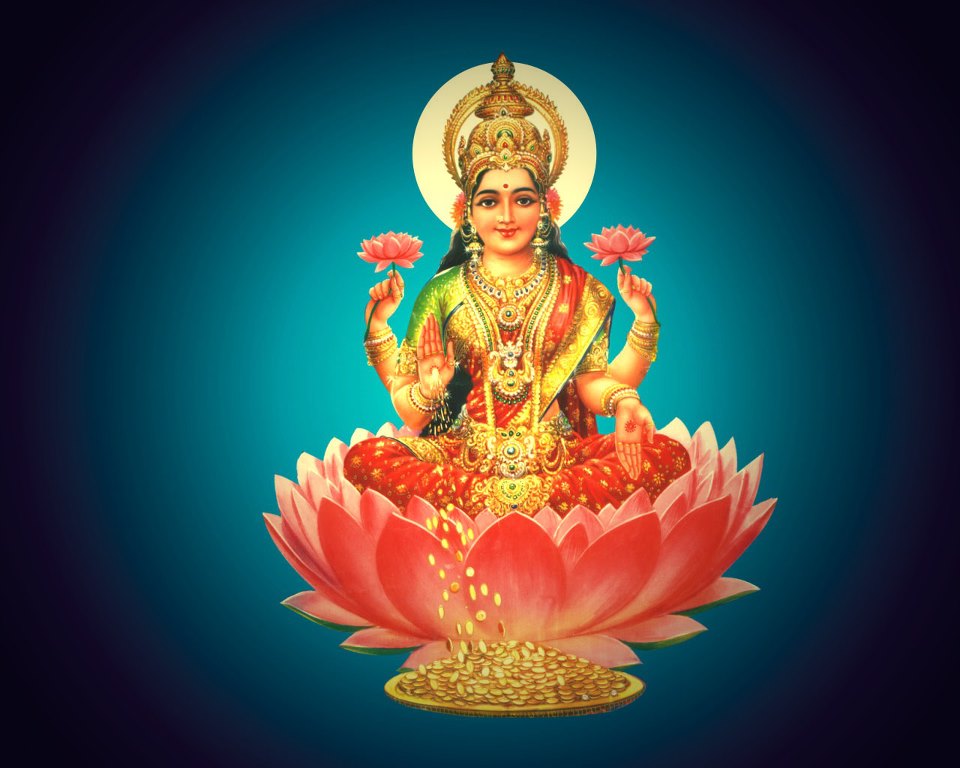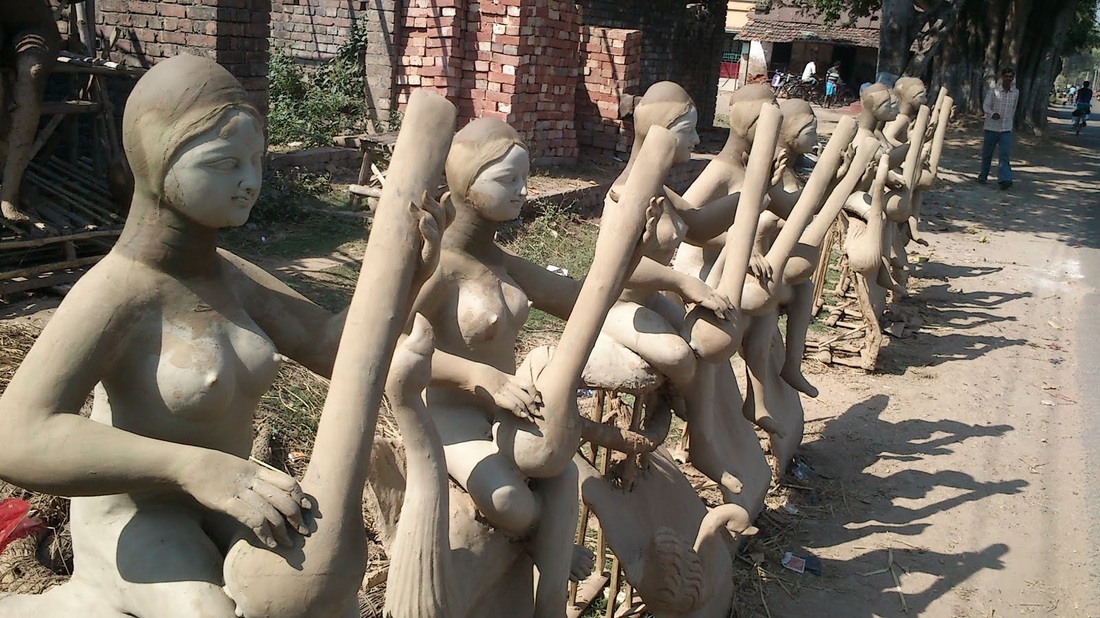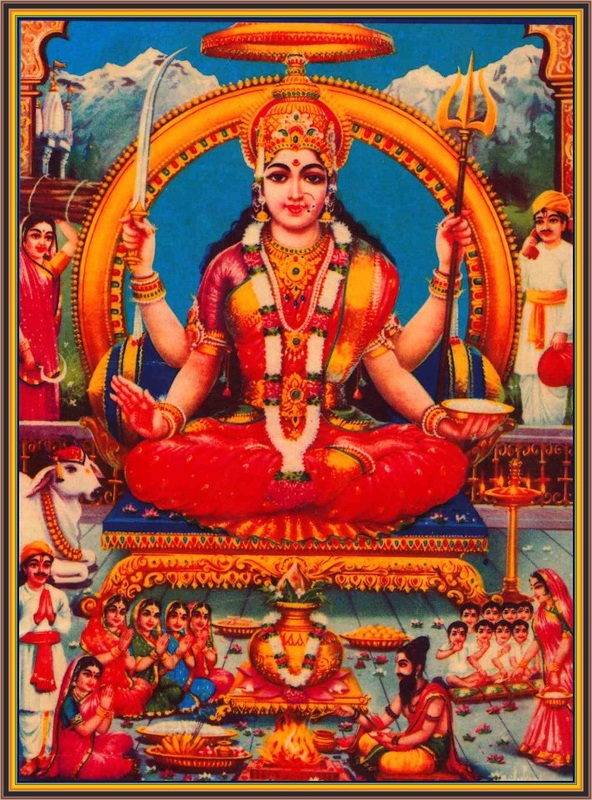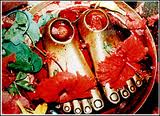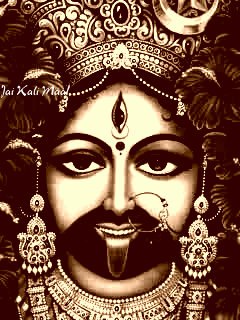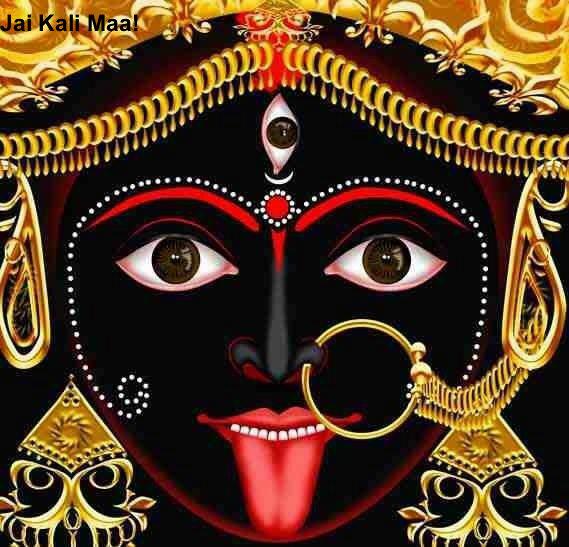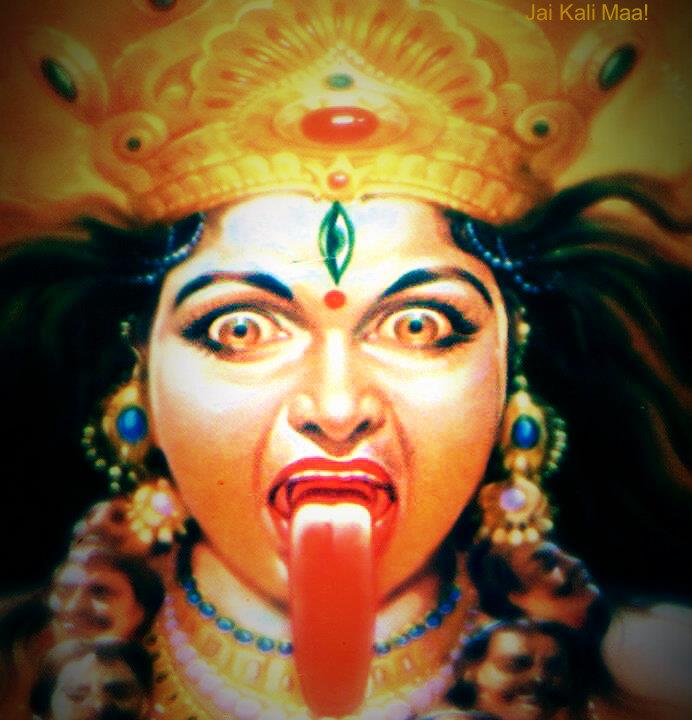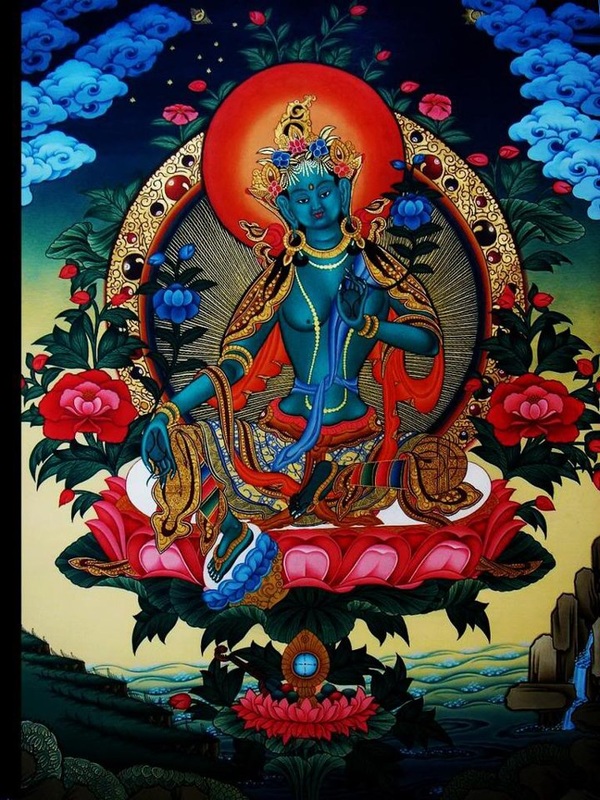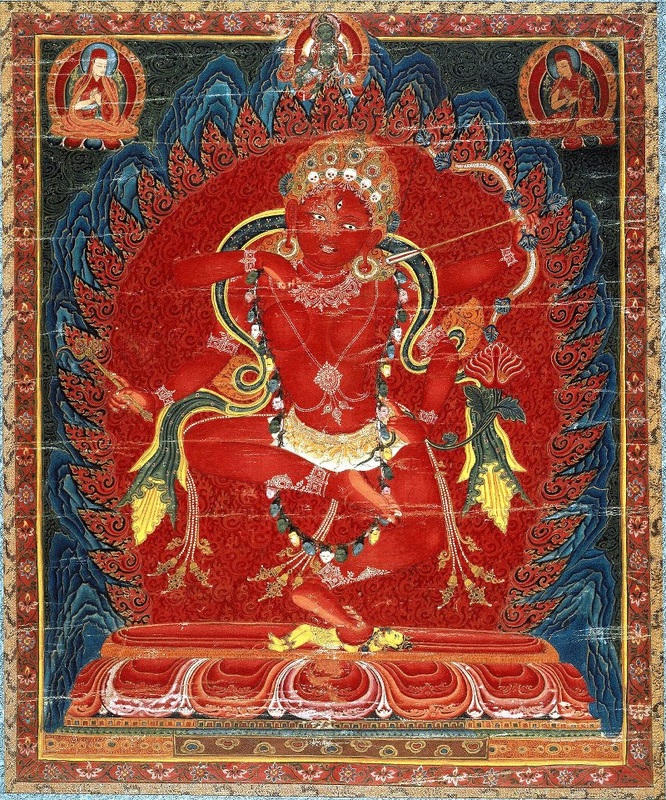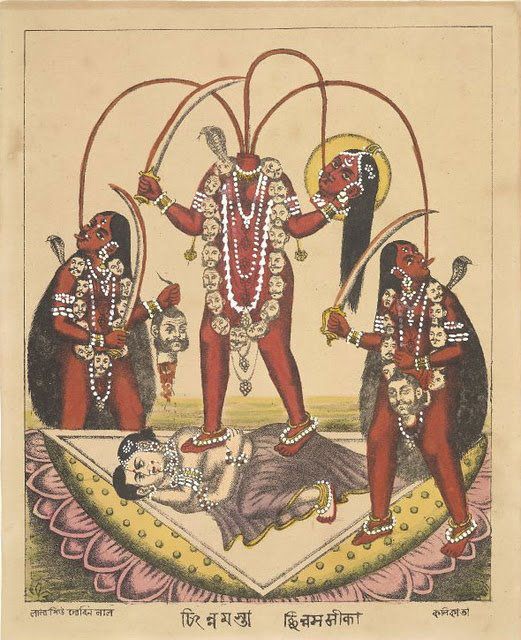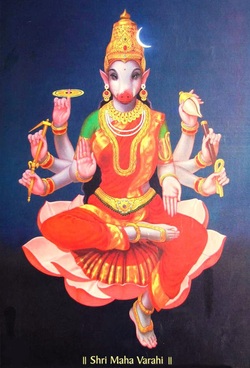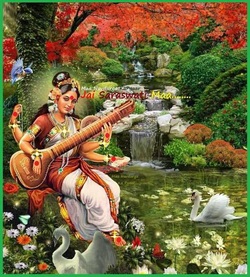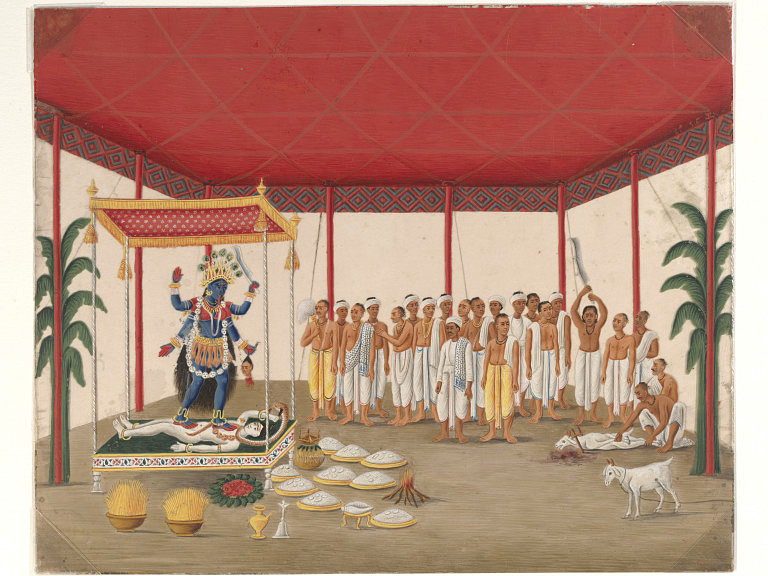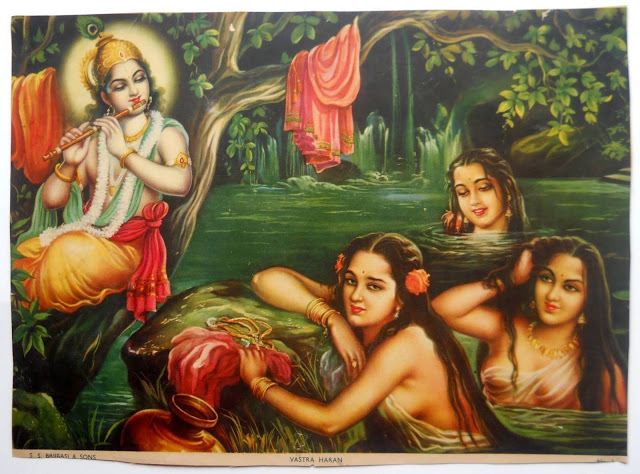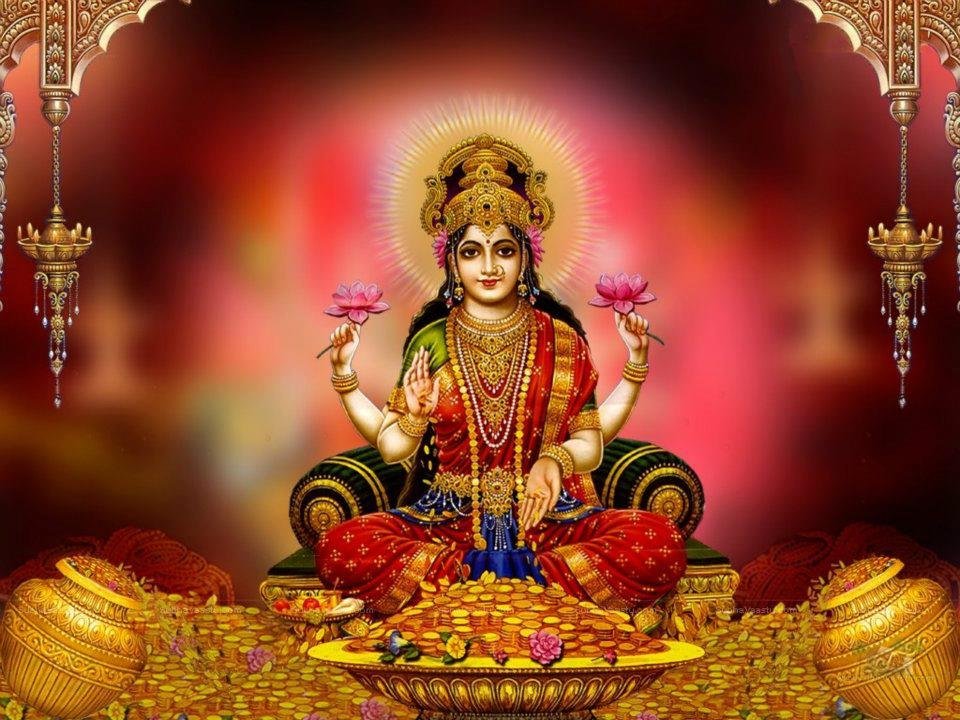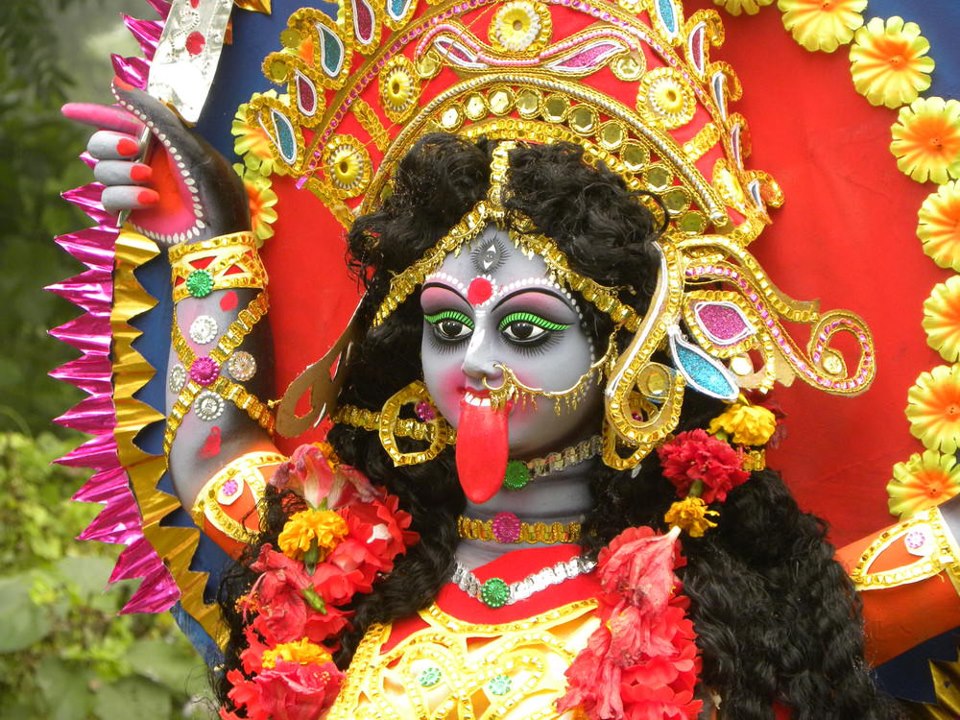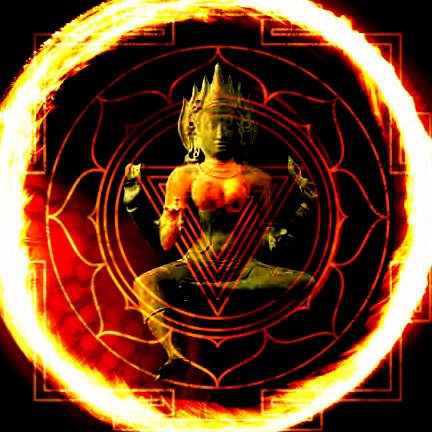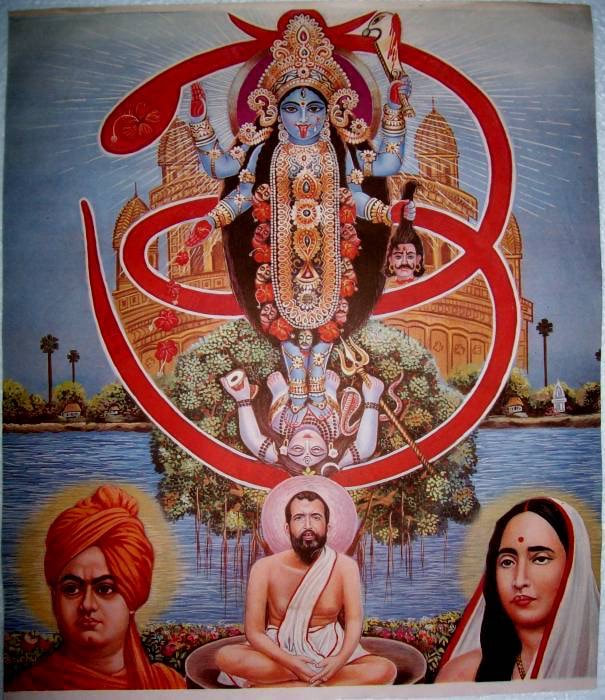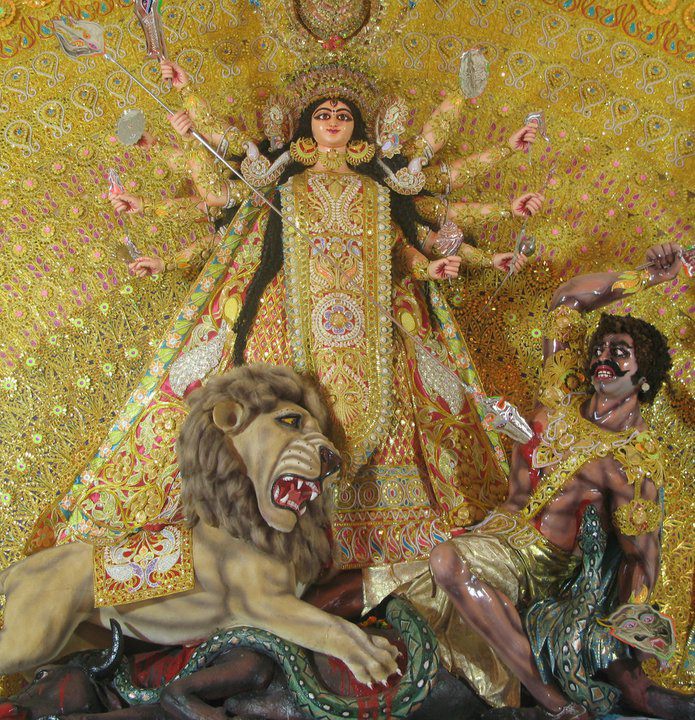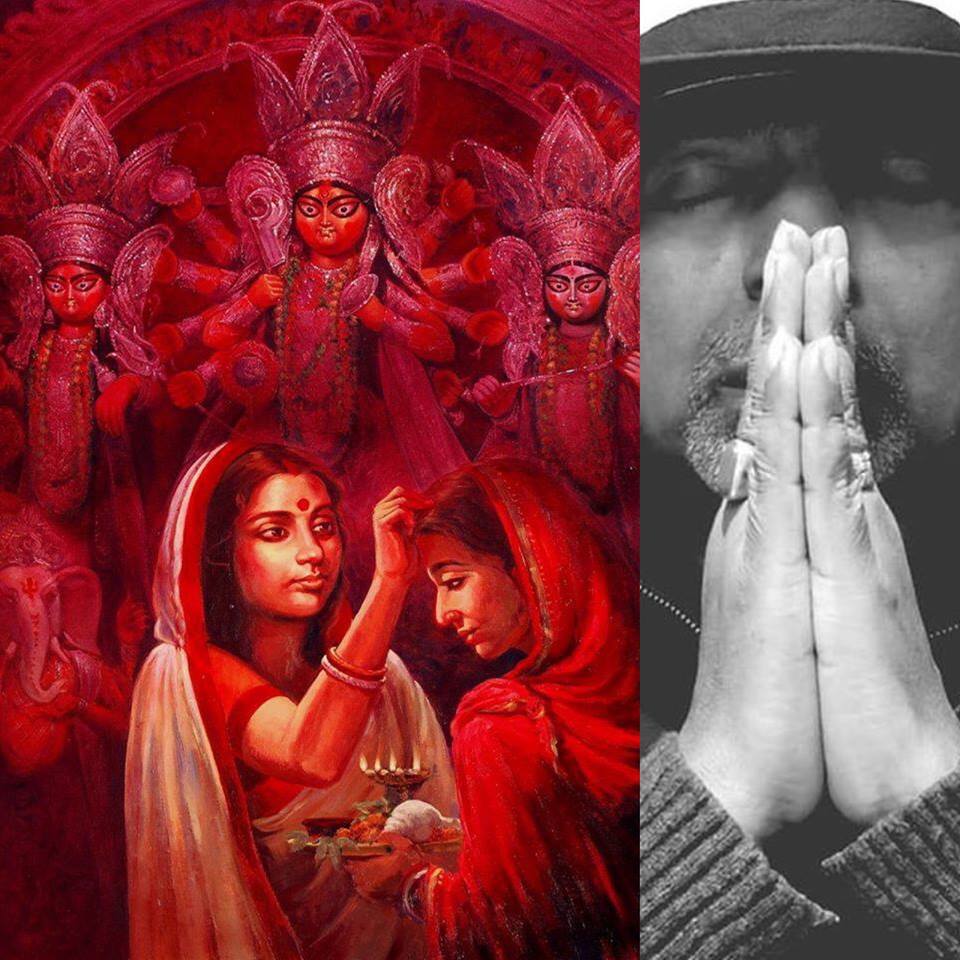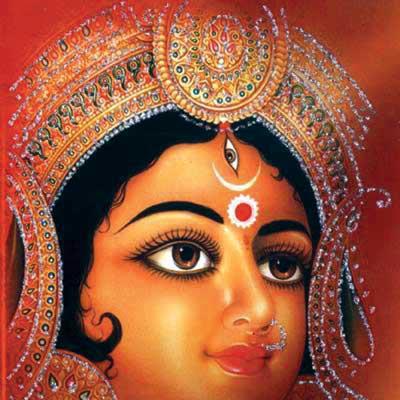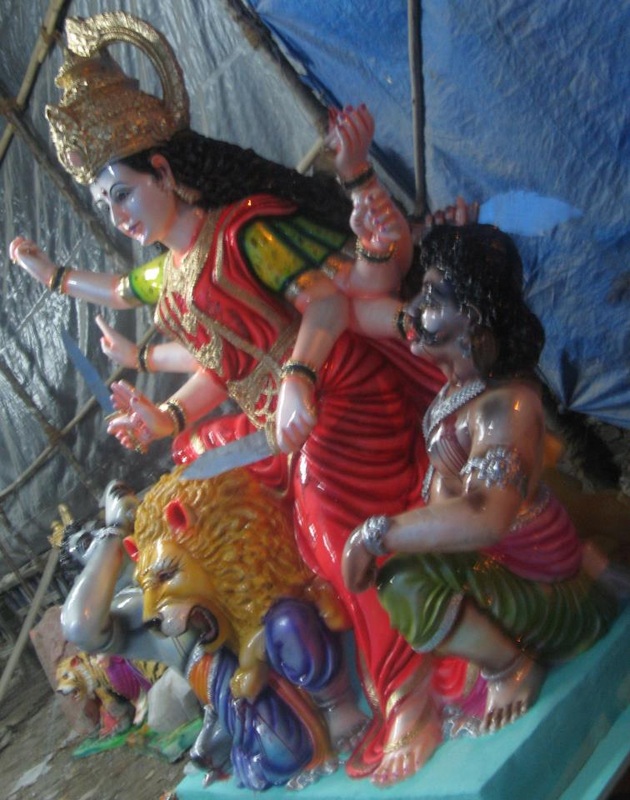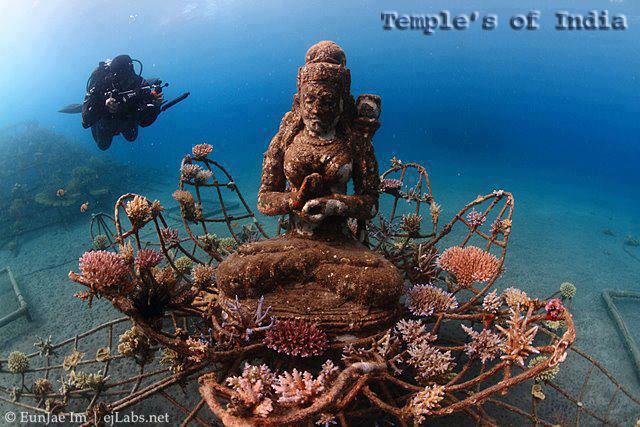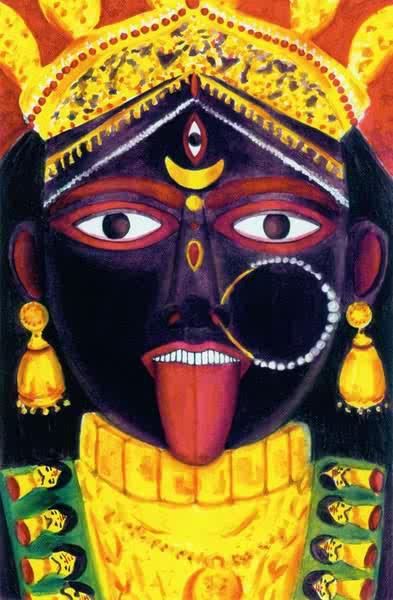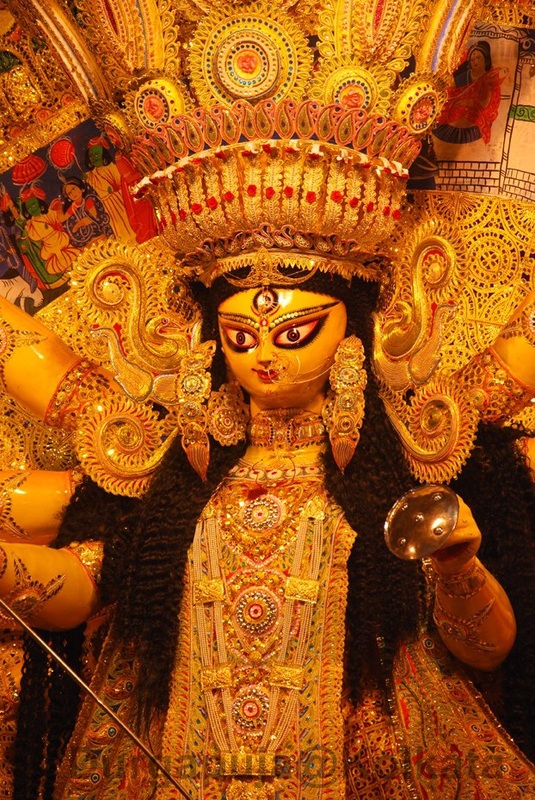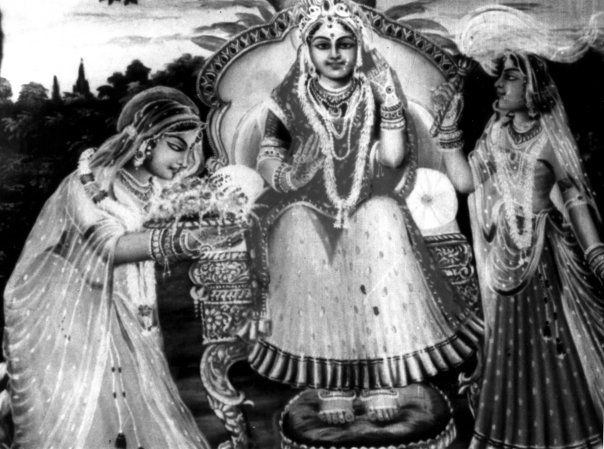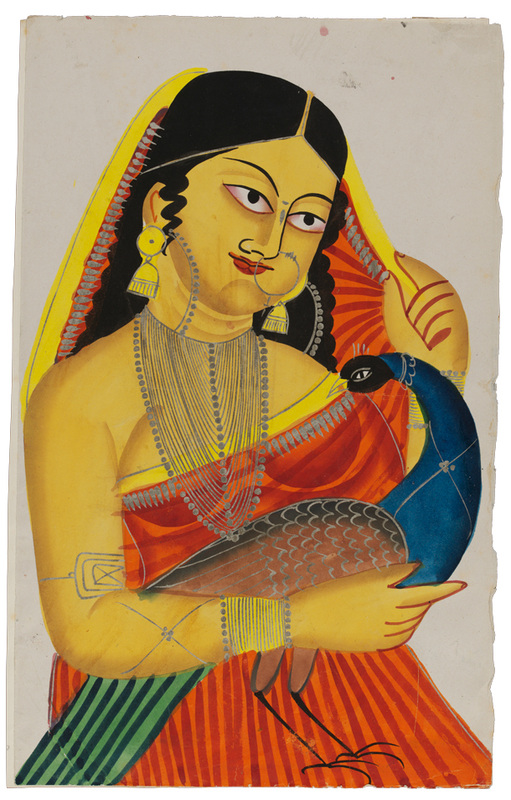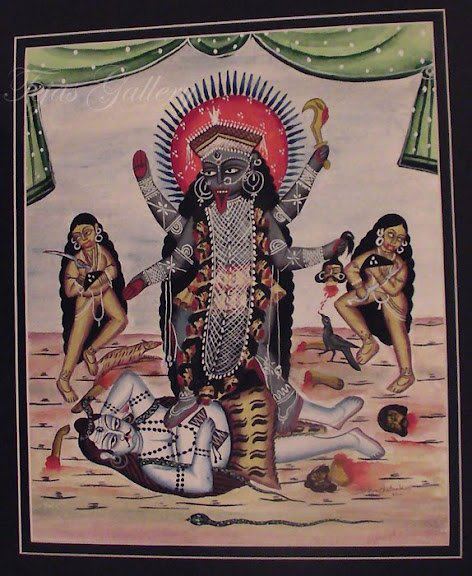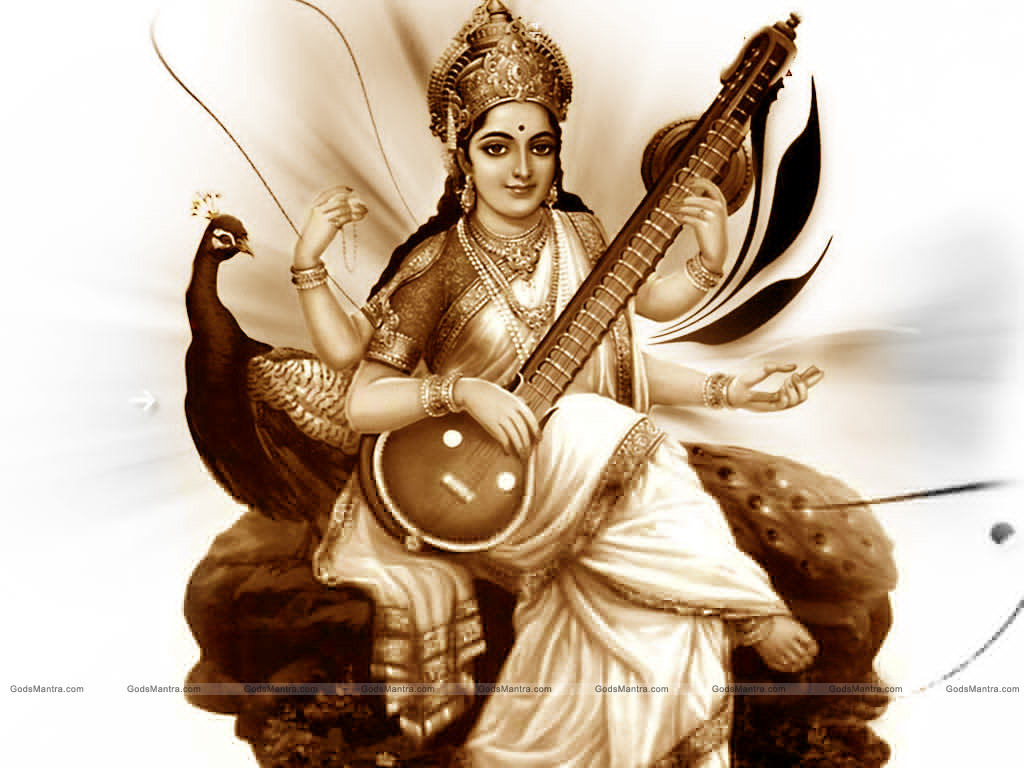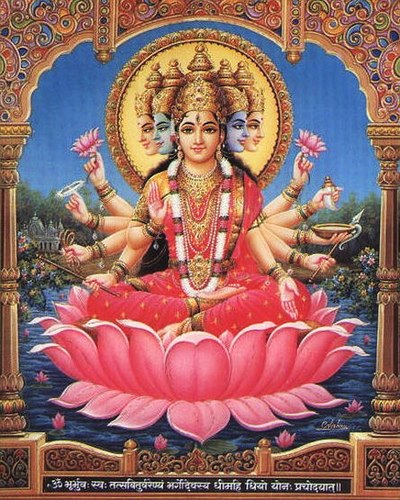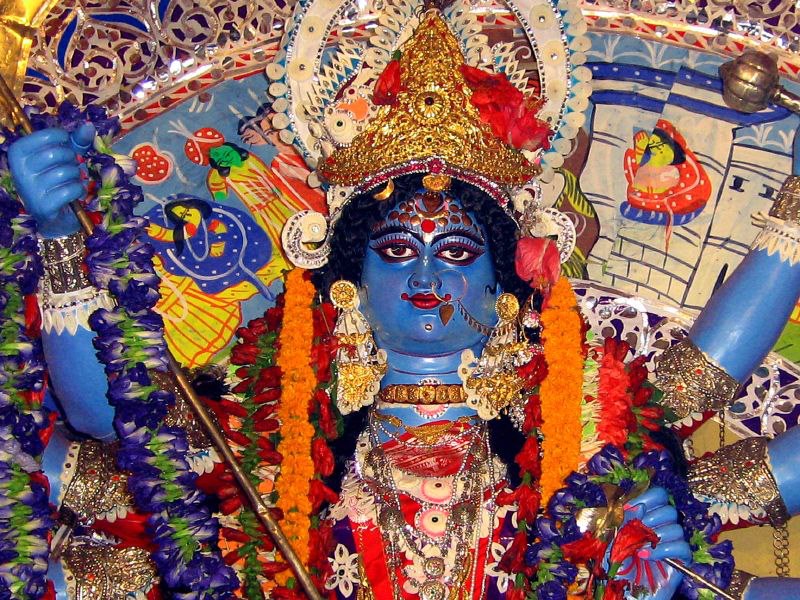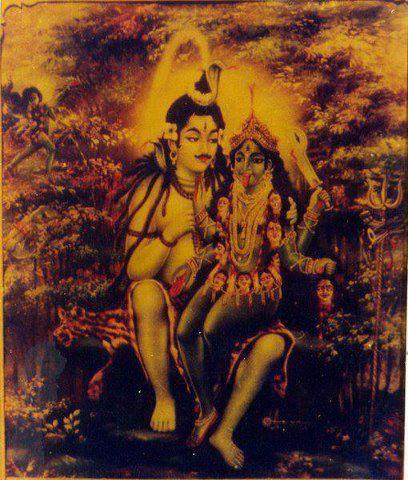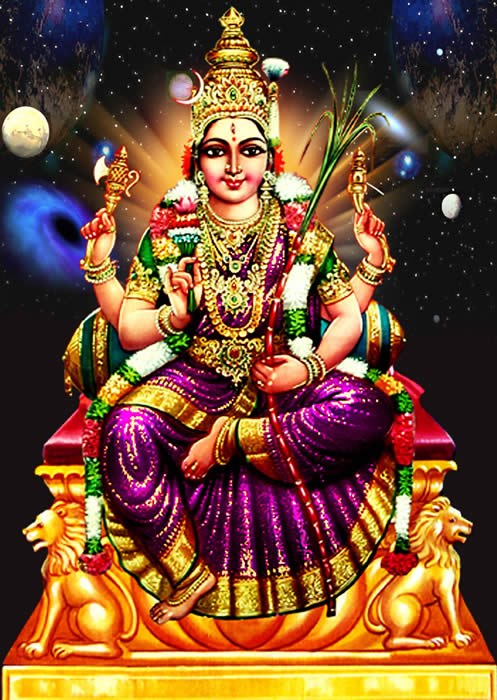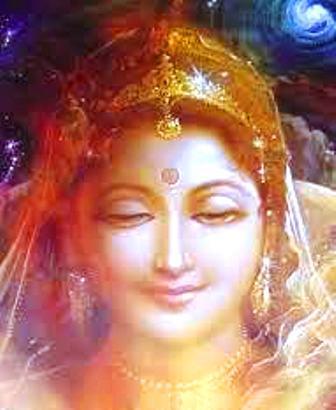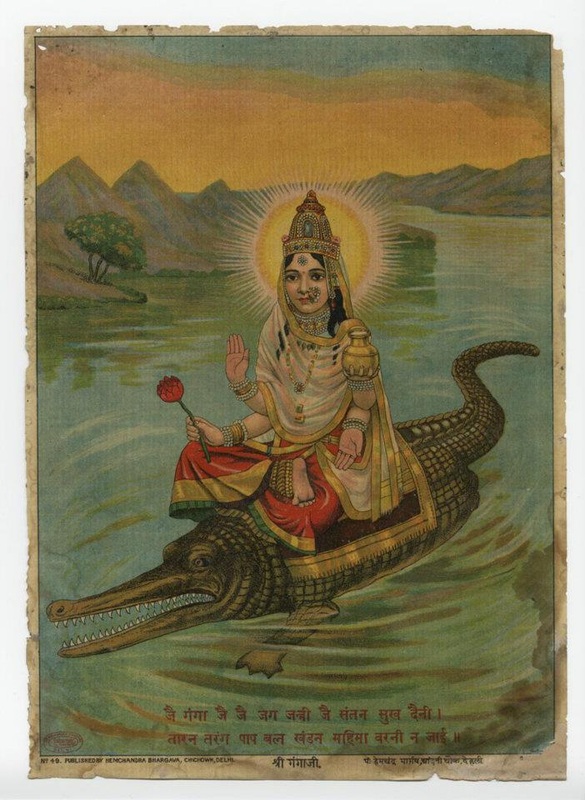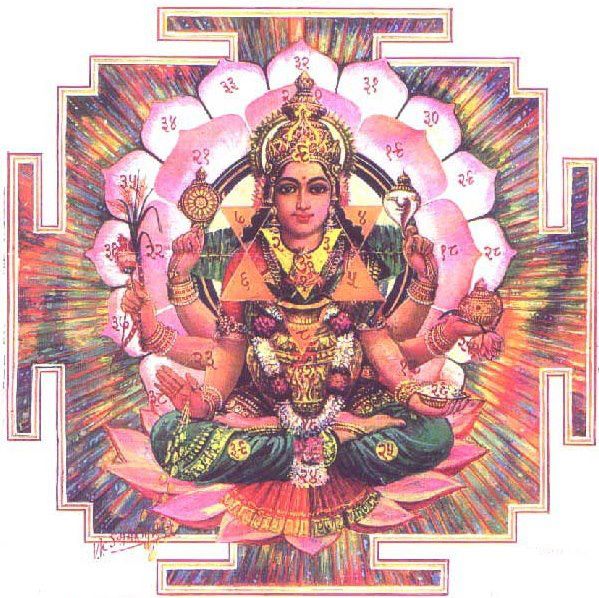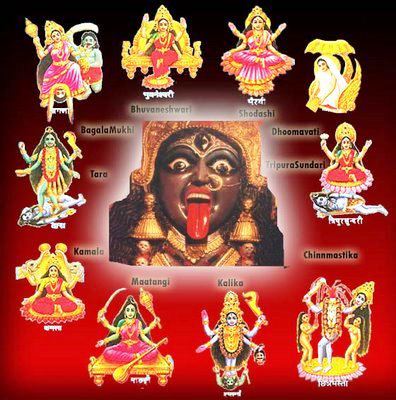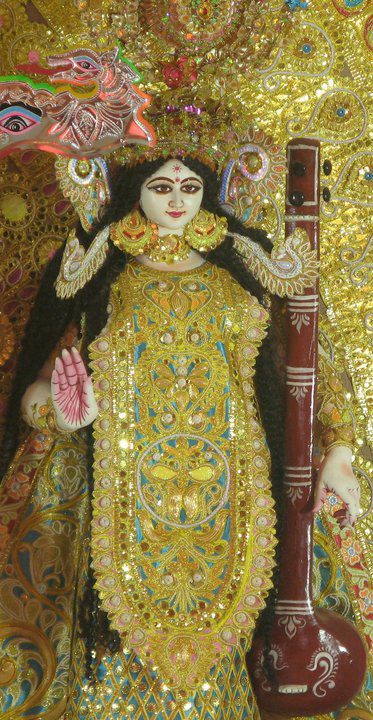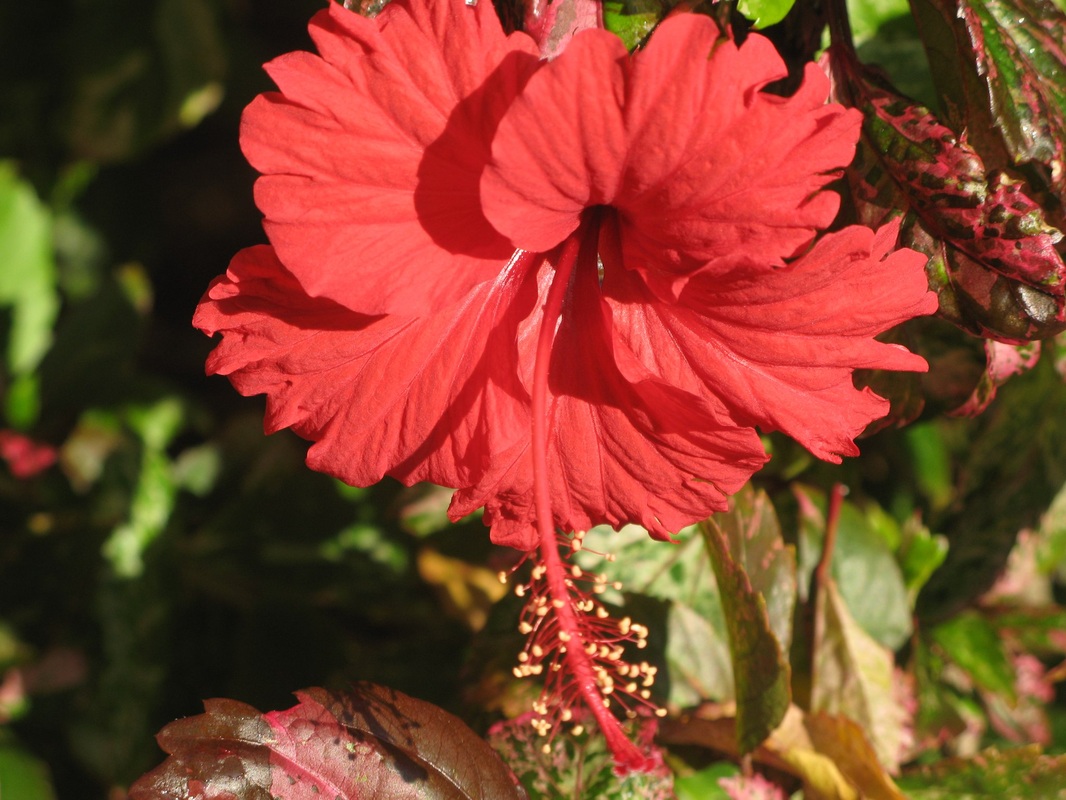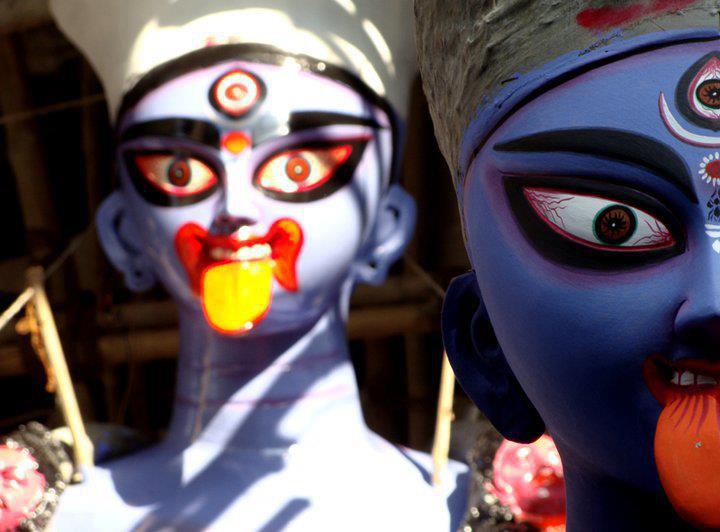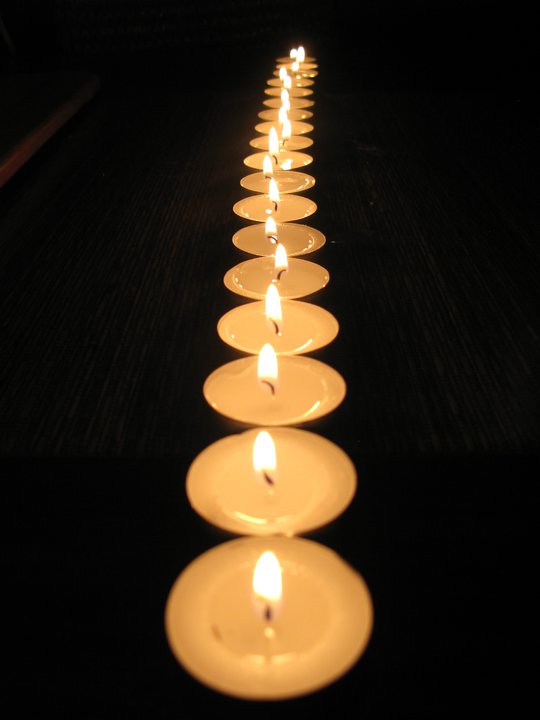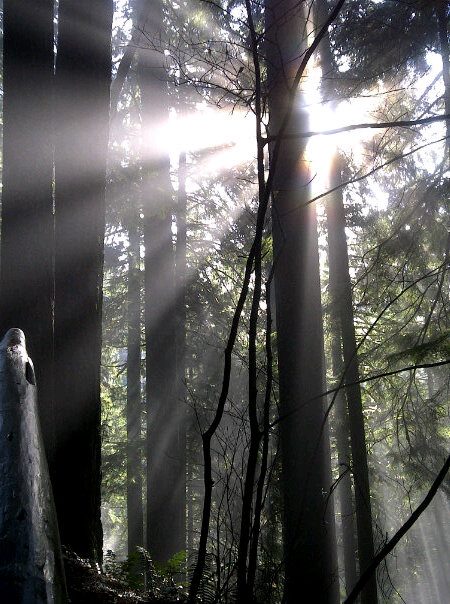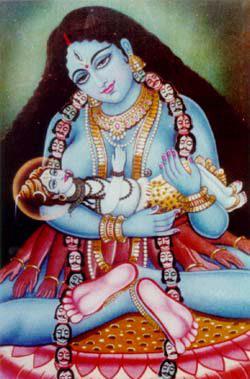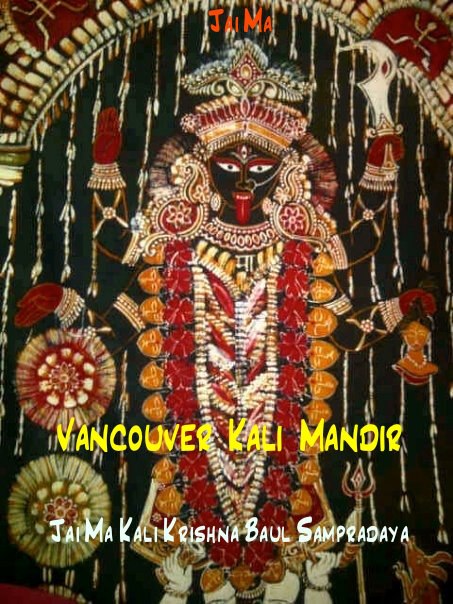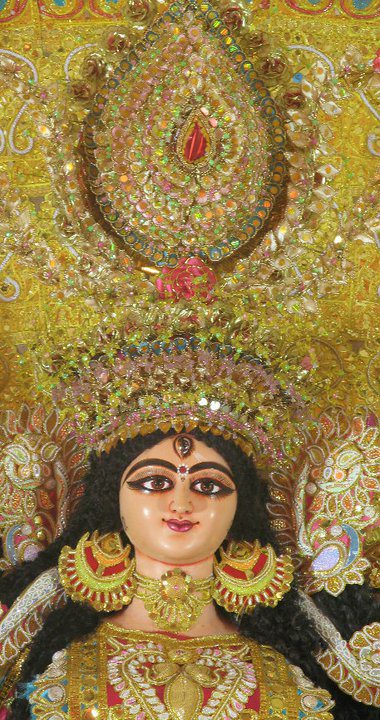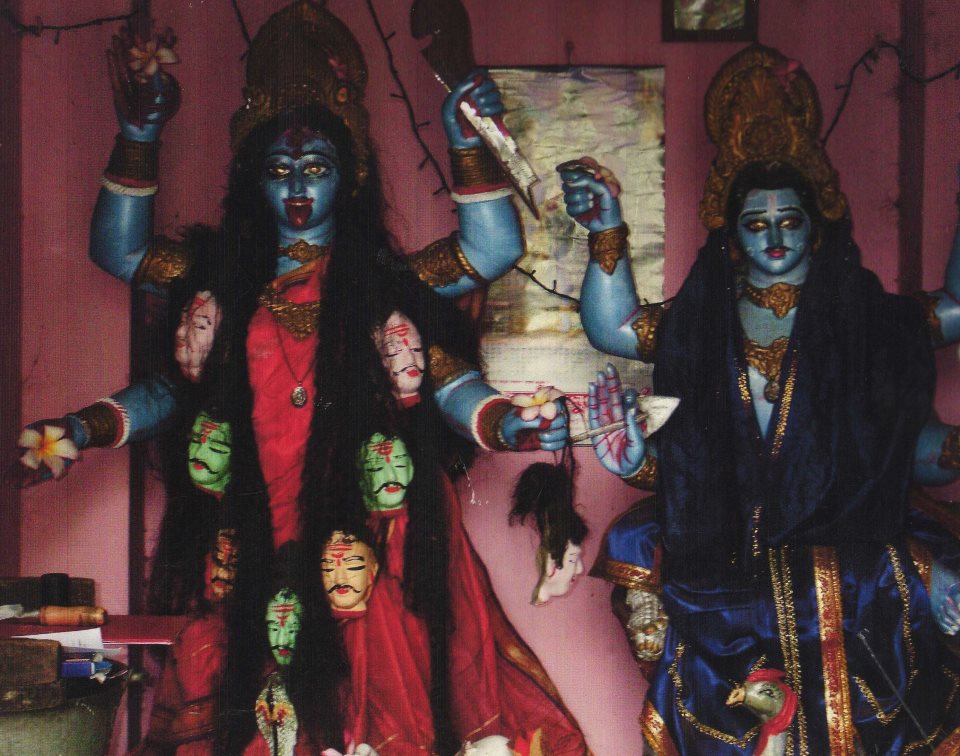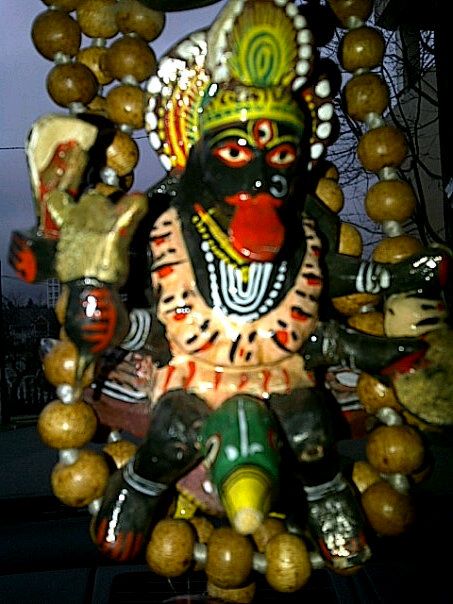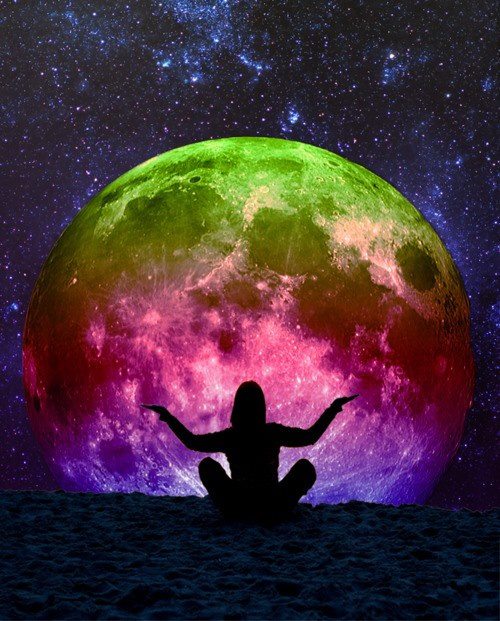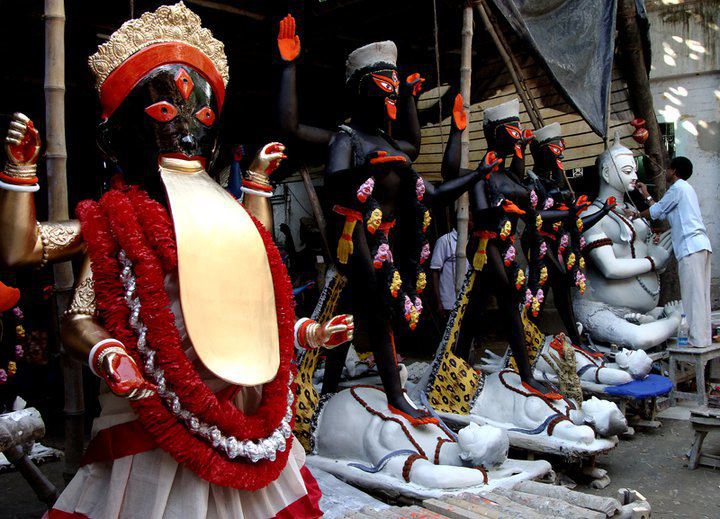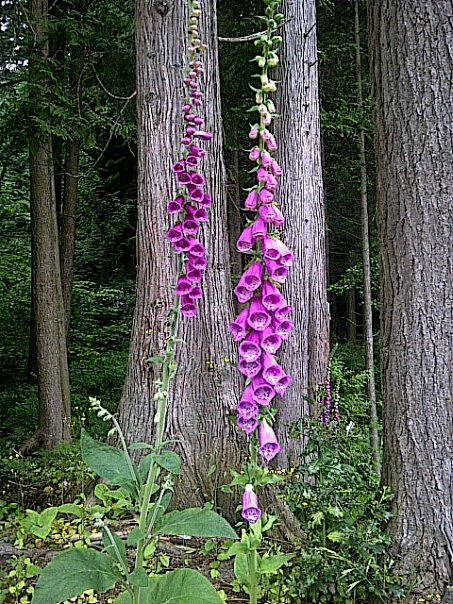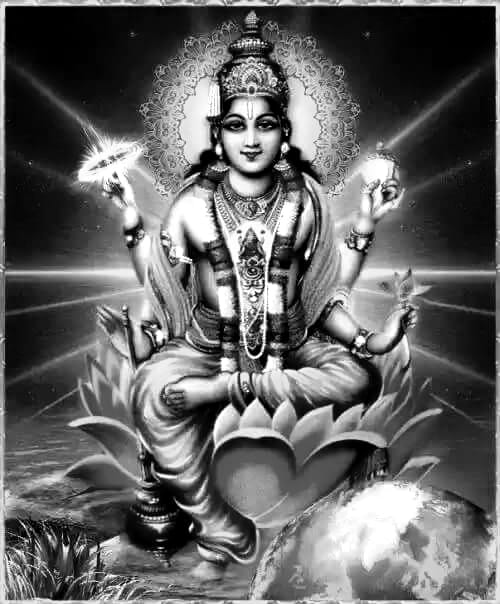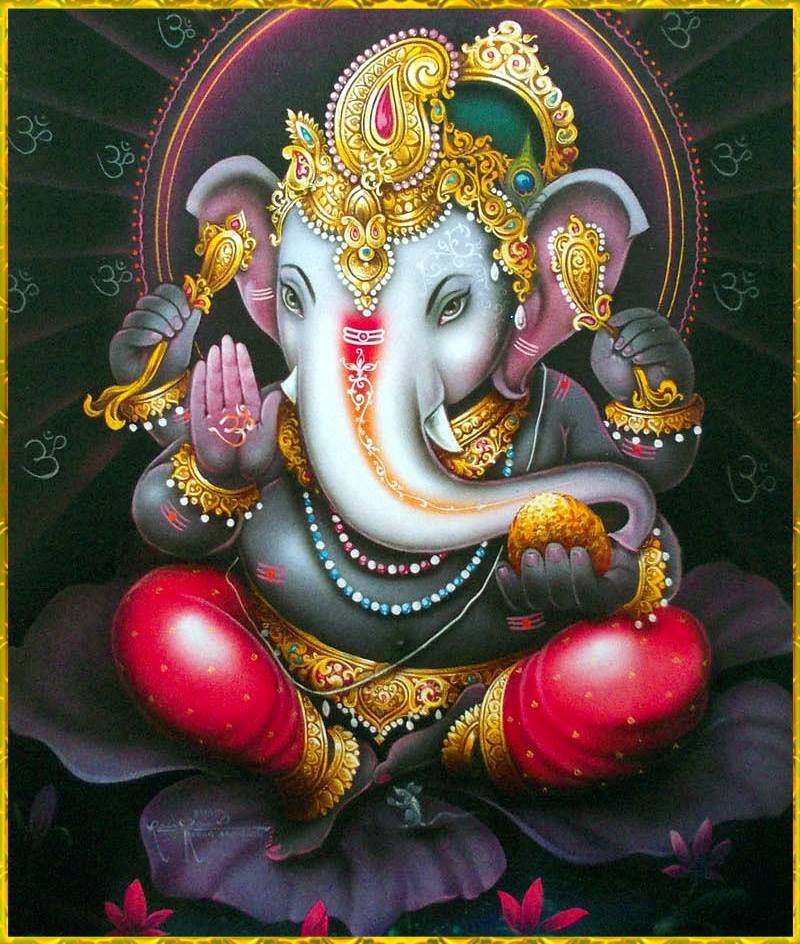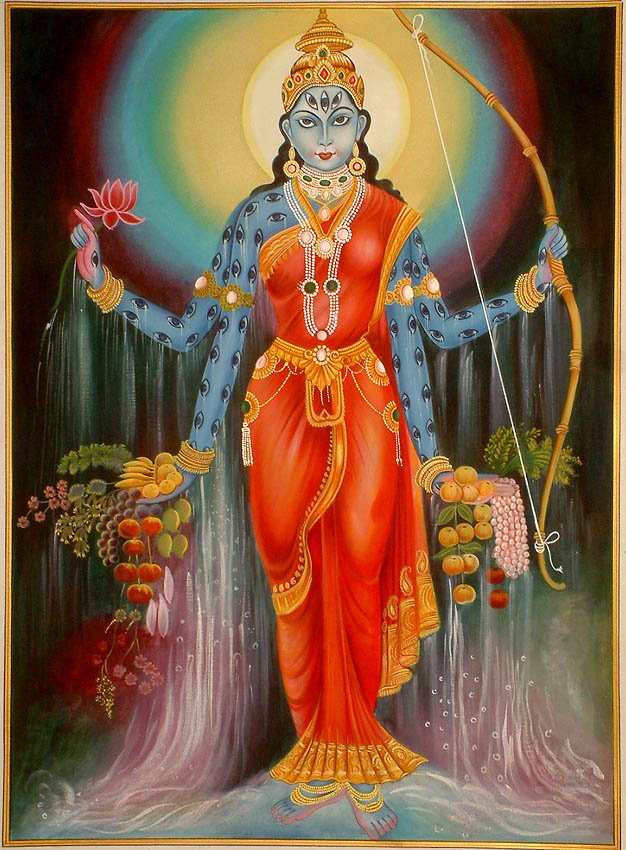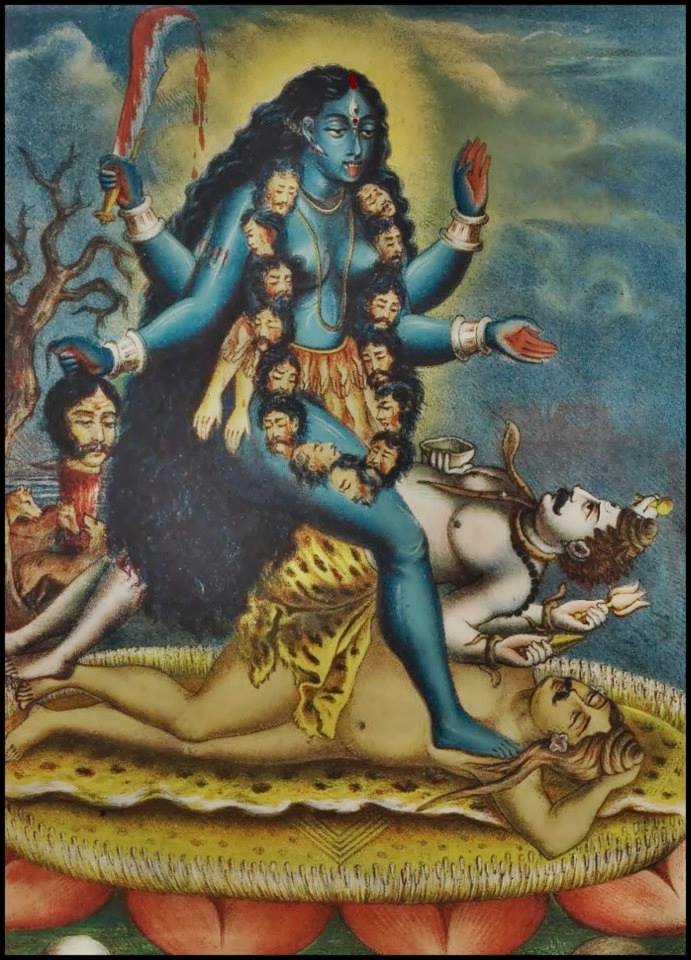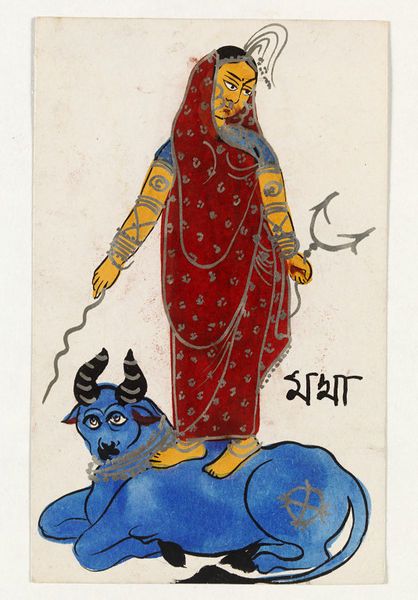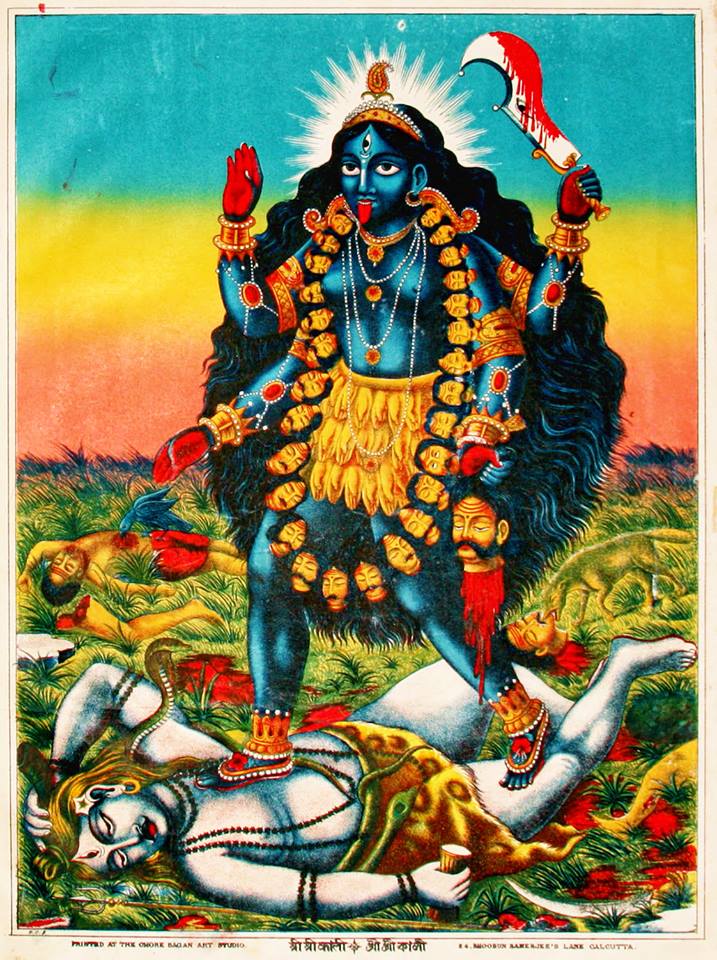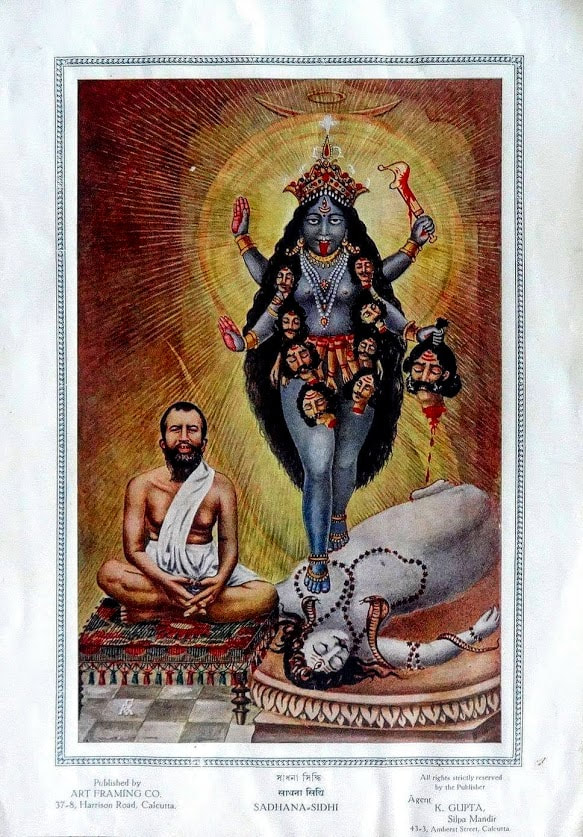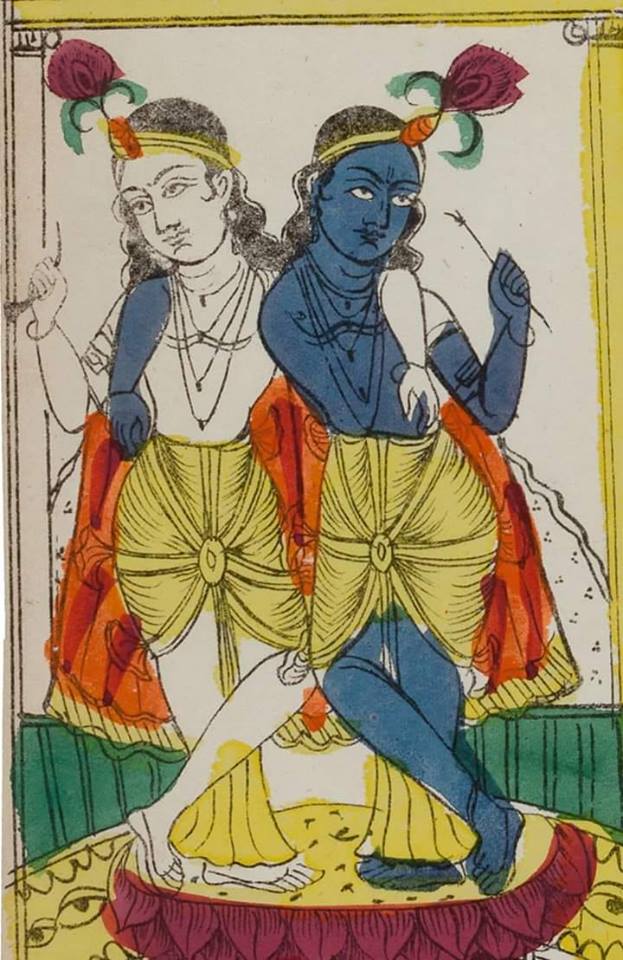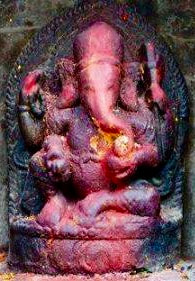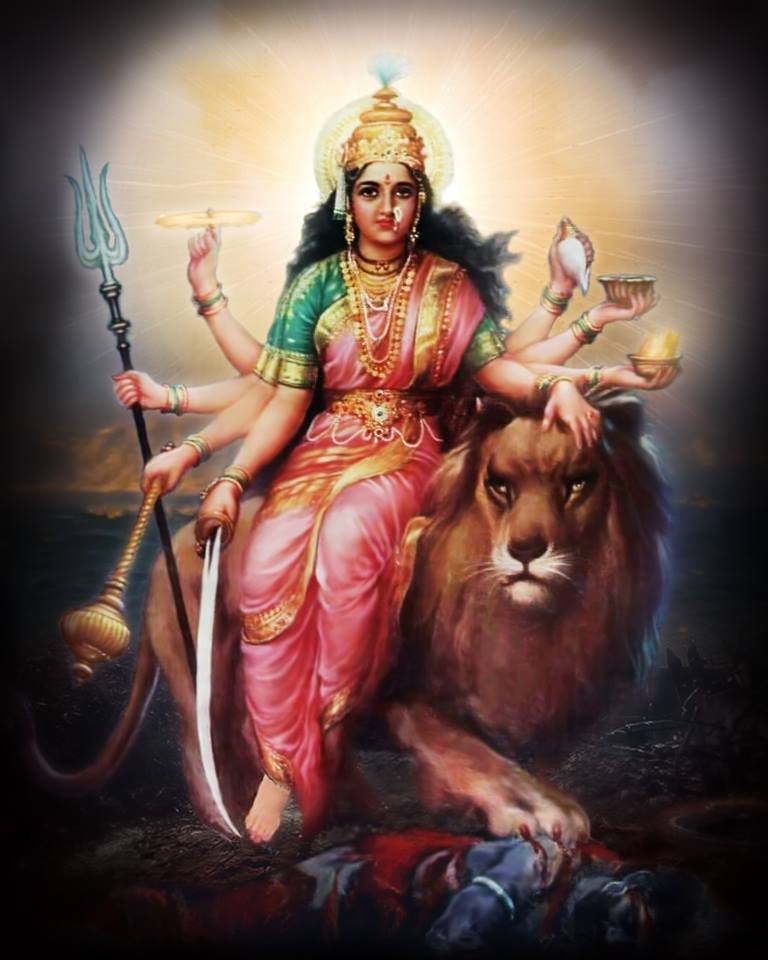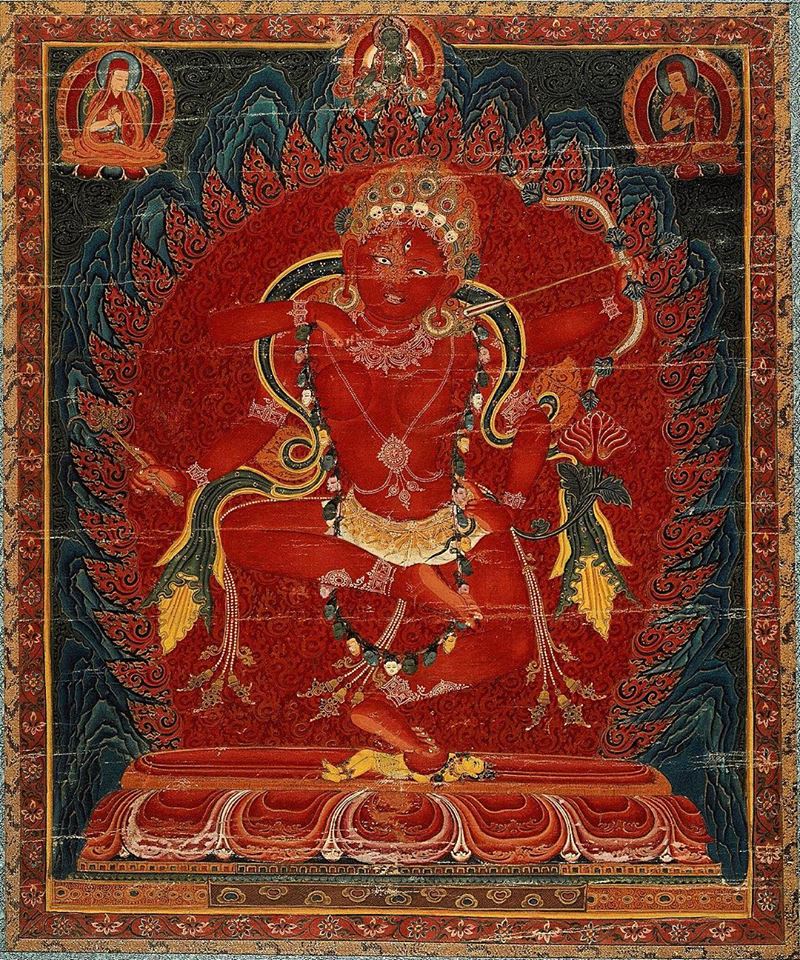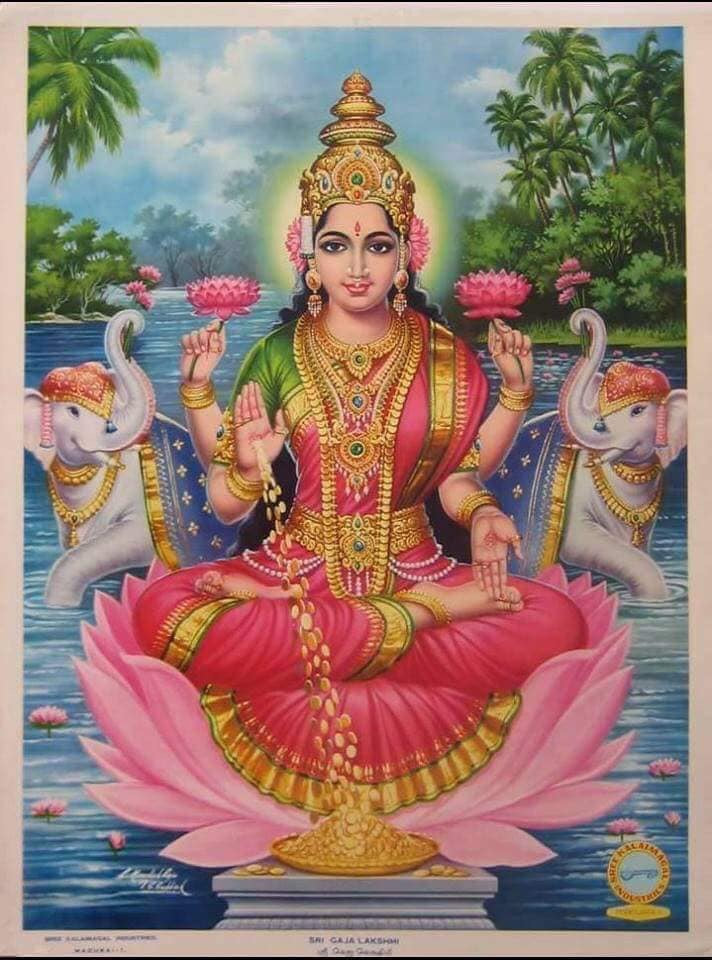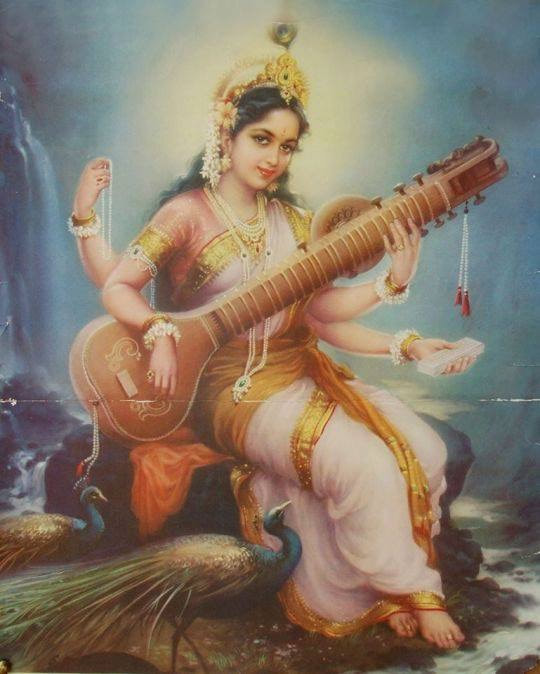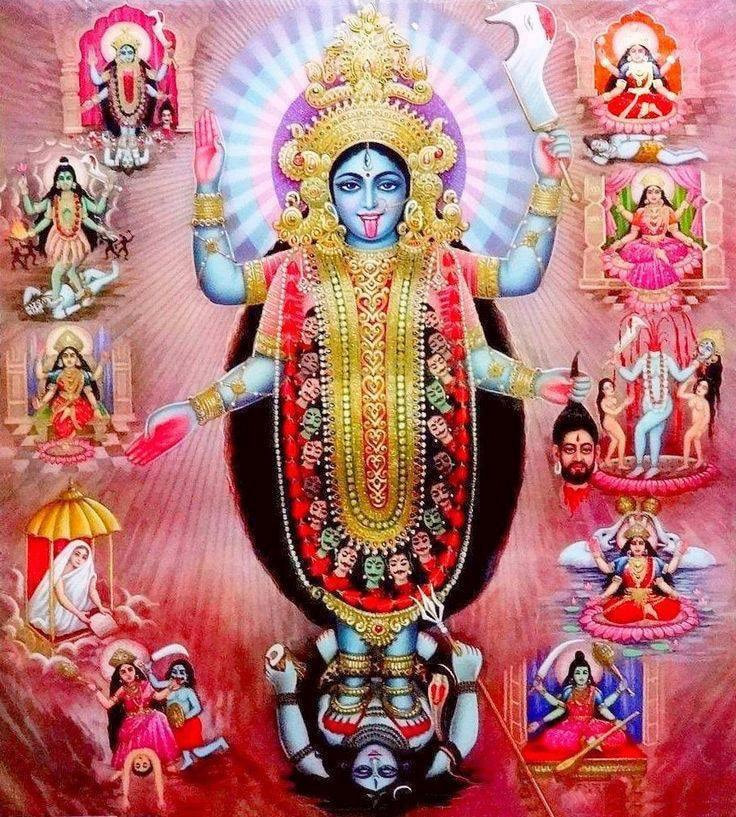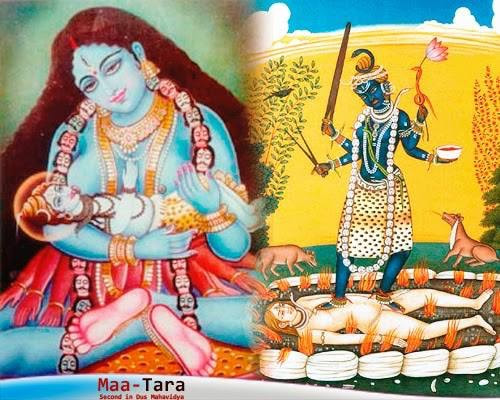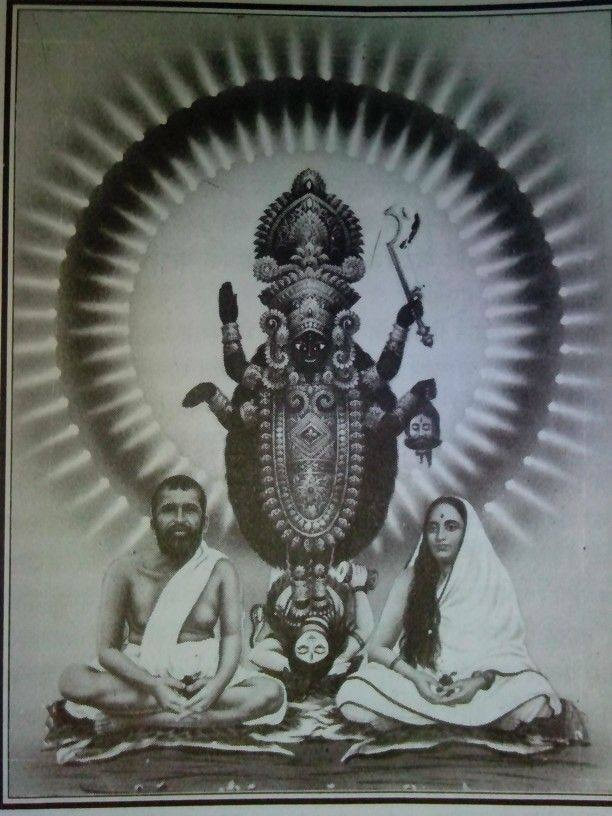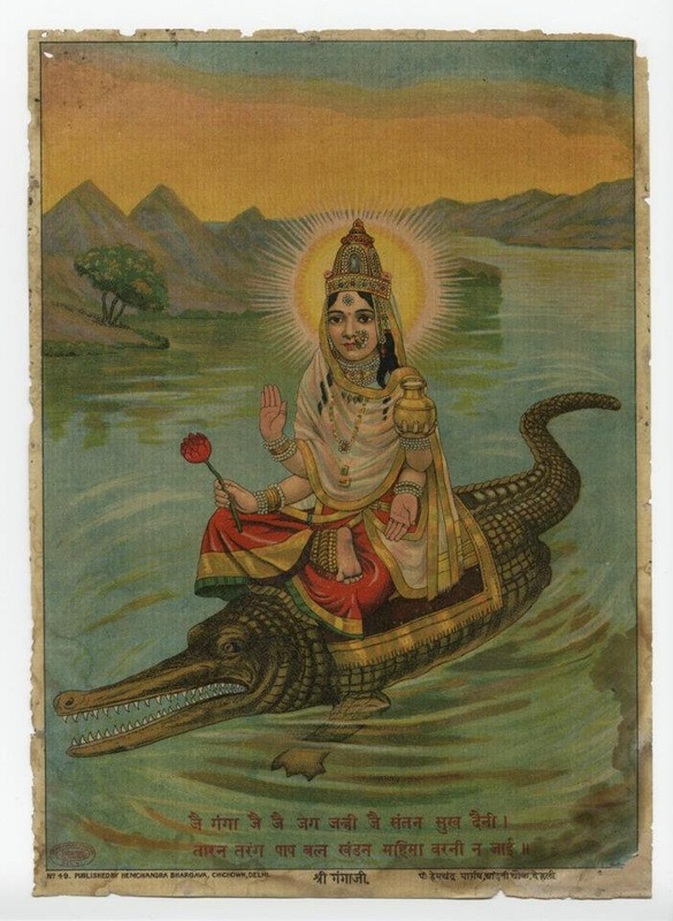
Since time immemorial, the Ganga River has been considered the holiest of all rivers by Hindus. Gangais also personified as a goddess and worshipped as Goddess Ganga. She holds an important place in the Hindu pantheon. Gang...a is represented as a fair-complexioned woman, wearing a white crown and sitting on a crocodile. She holds a water lily in her right hand and a lute in her left. When shown with four hands she carries a water-pot, a lily, a rosary and has one hand in a protective mode. The Rig Veda mentions Ganga but more of her is said in the Puranas.
CROCODILE VAHANA:
In Brahma Vaivarta Purana, Ganga is often depicted with her divine vehicle, the Makara - an animal with the head of a crocodile and tail of a dolphin. The crocodile has meaningful symbolisms. The crocodile represents our reptilian brain telling us that we use our intellect to outgrow fear in facing problems. The Goddess not only faces her fear, but she uses it as a vehicle to move her forward on her path to greater growth, strength, and beauty. Fear is a natural reaction to moving closer to the truth. This vahana is symbolic ofoutgrowing and fracturing self-concepts, behaviors, situations to move closer to her highest form and to the highest truth. It is like shaking things up to remove the pieces that no longer serve a higher purpose and integrating new
things that do.
Through her vahana, she indicates an attribute to take a problem by the horns, as the crocodile plucks the prey from the banks of the river, takes the prey-problem deep in the water-flowing life, spins it until the prey-problem is disoriented- sees a solution. C rocodile eggs are indicative of human destiny. The reptile takes considerable time to build nests on the river banks in which to lay their eggs. Then again they leave, seemingly without concern of their effort and the impatience to see babies being born. This is what Divine does for you. Your birth may be your karma but there you are left to swim the river of life and face trials and tribulations which come as uncertainities.
BRAHMA VAIVARTA PURANA:
According to the Brahma Vaivarta Purana, Vishnu has three wives, who constantly quarrel with each other. Getting tired of the daily bickering, he keeps only Lakshmi, giving Ganga to Shiva and Saraswati to Brahma! This Purana describes Devi Ganga thus: "Sri Ganga Devi has a fair complexion. She is draped in white garments and ornaments adorn her body. Millions of moons shower their effulgence upon her, whose
ever-youthful form smiles eternally. She is the beloved of Lord Vishnu and is forever endowed with good fortune. She removes everyone's sins and her feet grant liberation to all deserving souls. She is able to award one the Lotus Feet of Lord Vishnu, and thus she is known as Vishnu-Padi."
BIRTH OF GANGA:
Legends are varied as to Ganga’s birth as there are its tributaries.
Ganga is said to have emanated from Brahma’s Kamandalu or water pot which he
carries around. From those sacred waters, she personified as a pretty maiden.
Vaishnavites claim that Brahma washed Vishnu’s feet and collected the prasada in
his Kamandalu. Some claim it was all the sweat of Vishnu’s feet. So another name
for Ganga is Vishnupadi meaning one that flowed from the foot of Vinshu. In
Vishnu Purana is a story that Ganga enclosed Brahma’s great city situated on
Mount Meru and then divided into four mighty rivers flowing in four
directions.
The Shaivites version would be that She was the daughter of
Himavan, the King of the Himalayas and his consort Meena. This makes her the
sister of Goddess Parvati. The other would be her flow from the heavens, which
flow first came to Lord Shiva’s locks. There would be other minor claims but the
central essence is this: Ganga Devi emanated in the heavens and was under the
tutelage of Lord Brahma.
SIVA’S LOCKS:
There is another legend in
which, King Sagara of Ayodya did a long penance for children. He then acquired
sixty thousand sons. In gratitude and also for the welfare of the kingdom, he
decided to perform a horse sacrifice. Lord Indra was alarmed of the sacrifice
and a army of Sagara’s sons becoming powerful. So he arranged for the
sacrificial horse to be stolen. The sixty thousand Sons reached the nether
region after searching the earth for the horse. They found it in Pathala or the
Netherworld. There they manhandled the sage Kapilar by mistake, thinking he had
stolen the horse. He was also verbally abused. The sage opened his eyes for the
first time after years of meditation. In anger cursed them and turned them to
ashes. Since then, Sagara’s sons wandered around as ghosts. One of Sagara’s
descendents was Dilip. His son was Rishi Bhagiratha. He learnt about his
ancestors and vowed to bring Ganga down to Earth so that her waters could
cleanse their souls and release them to heaven.
Bhagiratha carried out penance towards Lord Brahma to propitiate Ganga to come down to Earth. He stood on one leg for years on end. Brahma agreed and ordered Ganga to visit the Earth.
Ganga was then a young lass. In a playful nature she had, decided to sweep the
whole earth away as she fell from the heavens in a rush. This alarmed Bhagiratha
was alarmed of the disaster to come and prayed to Lord Shiva to control the
force of Ganga's descent. The Lord directed the flow towards Him and the Ganga
arrogantly fell on Shiva's head. The heavy rush was thus mitigated. Shiva calmly
trapped her in his matted hair, so that she could only be let out in small
streams. The Lords touch further sanctified Ganga. As Ganga travelled to Patala
to release the pained souls, she also created a different stream to remain on
Earth to help purify unfortunate souls there, which tradition remains till
today. Apparently Lord Vishnu had given Bhagiratha a conch. It is said that he
blew it so that Vishnu could lead the Ganga towards the sea.
Ganga is
also known as ‘Tripathaga’ meaning one who travels the three worlds: Swarga or
heaven where she is called Goddess Mandakini; Prithvi or earth where is is
called Ganga and Patala or Netherworld where she is called Bagirathi. Sometimes
the whole of Ganga is referred to as Bhagirathi due to the sage’s efforts,
severe austerity in wanting to perform sradha for his ancestors. Indeed
‘Bhagirath prayatna’ is a term used to describe valiant efforts or difficult
achievements.
JAHNAVI:
On her way to Bhagiratha, Ganga’s gushing
waters created turbulence and destroyed the sadhana of a sage called Jahnu. He
was angered by the interference so he drank up all of Ganga's waters. Water is
one of the panchabhutas and now the worlds have become imbalanced. The Gods
approached Jahnu and prayed to him to release Ganga, so that she could proceed
on her mission. Jahnu not only releases Ganga from his ears, he also adopts
Ganga. Thus Ganga is also known as ‘Jahnavi’ meaning the daughter of Jahnu. It
is said that Jahnu forecasts that Ganga river will finally dry up at the end of
Kali Yuga which is the current epoch of darkness and sin, in which human deeds
and sins are beyond the reproach of divinity.
SKANDA PURANA:
This Purana states that Goddess Ganga is a forster mother to Lord Kartikeya or
Murugan, the younger sibling of Lord Shiva and Mother Parvathi. There is also an
account of Ganesha having Ganga as a second mother. That story goes to say that
Mother Parvathi created an image of Ganesha out of the sandalwood paste on her
body. She then immersed the idol in the sacred waters of Ganga and it came to
life. Thus Lord Ganesha is also called Dvaimaatura meaning ‘of two mothers’ and
also Gangeya meaning ‘the son of Ganga.’
MAHABARATA:
The Vasus were cursed by Rishi Vashishta. They had requested Ganga to be their mother. So Ganga assumes a human form and as damsel or extraordinary and bewitching beauty. King Santanu succumbs to her charms and begs to be married. She stipulates a condition, “O King, under no circumstances must you ask me who I am, where I come from, etc. Nor must you ever probe my actions however legitimate your
concern might seem to you. If you agree to my stipulations, I shall marry you
but be warned that if ever you violate your promise, I shall forthwith leave you
forever.” Santanu was too infatuated and agrees to all the conditions in toto
without any second thoughts. You, know it happens sometimes!
The story goes that the seven Vasus were reborn as their children. One after another,
Ganga drowned them all in her own waters, freeing them from their punishment.
Though Santanu was deeply disturbed by his wife's behaviour, he made no
opposition. Only when the eighth was born did the king picked the courage to
finally speak out against his wife about her cruel ways.
In any event the pre-nups were breached so was to leave him. Nowadays one hears of
pre-nuptial with a damages clause in case terms are breached. Some runs in
millions. In Hindu thoughts there is a saying ‘kallanulum kanavan; pullanaalum
purushan’ meaning ‘alas, he (husband) becomes a stone, he is still the husband;
in case a blade of grass, he is still the puruhsa.’ One is not to assume that
such acceptance renders the wife to be subservient to a husband that has become
dull for some unfortunate event. On the contrary, the saying reverses the onus
and obligations on the husband who is to respect and revere a wife having such
divine attitudes of compromise and tolerance in married life. Anyway let us get
back to Santanu-Ganga story….
Ganga replies, “O King, you seem to have forgotten your promise and so I have to leave you now. This child I shall not kill but will take him with me; however, later I shall hand him over to you. But before I go let me tell you that I am not a heartless woman given to killing her own children. Those whom I was forced to destroy were bound by a curse and I was the agency used for implementing the curse.”
So saying, she disappeared with the baby. So the eighth son, Dyaus incarnated, remained alive, imprisoned in mortal form. About eight years or so Goddess Ganga appeared before Santanu and handed over the son. He had been named as Devavrata. He had already become proficient in the martial arts. After the handover, Ganga disappeared. The child is none other than Bhishma Pitamahar, who is one of the central and most respected characters of the Mahabharata. There is a meaning attached to his
name.
Interestingly loneliness bites into Santanu’s life. He meets, a
fisherwoman named Satyavati. Both their hearts meet and Santanu proposes
marriage. Her father stipulates the throne should be passed on to Satyavati’s
child. Santanu becomes distraught as that would be unfair to Devarata. Learning
of this, Devarata swore and undertook severe penance that he would never marry
so that there would not be an heir through him. On account of this Devaratha is
then called Bishma or the ‘one who took a terrific vow.’ Santanu had two sons named Chitrangada and Vichitravirya through Satyavati. Two sons were
born for Vichitravariya. One was Dhistarashtra of the hundred sons of Kaurava
fame through Gandahari. The other son Pandu who married two wives, Kunti and
Madri and had the five Pandava sons. The Mahabaratha story then takes off to
interesting plots and sub-plots.
RAMA GANGA:
Apparently Lord Rama promises Ganga that that he would honor her by living on her banks and tributaries. Thus he is called ‘Rama Ganga.’ Rama then manifested in Ayodhya which is on the banks of Saryu Ganga River. He crossed the Ganga on his way to Janakpuri. Rama, Sita and Lakshmana spent their first night after exile at
Tamasa River, a tributary of the Ganges. Their second stay was at Shrungverpur,
on the banks of Ganga. With the help of the Kevat he crossed the Ganga and
proceeded to Triveni sangam. He stays many years in Chitrakut, after which, he
left for Panchvati and stayed on the banks of Godavari until Sita was abducted
by Ravana. He went in search of Sita and lands in Rameshwaram, which is the
point where all the rivers meet the ocean.
Hara hara
Mahadeva.
Yogi Ananda Saraswati
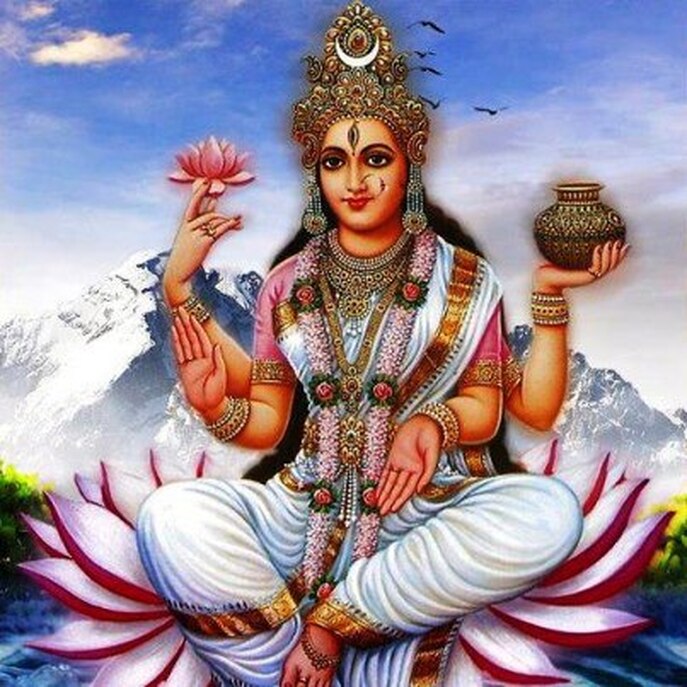
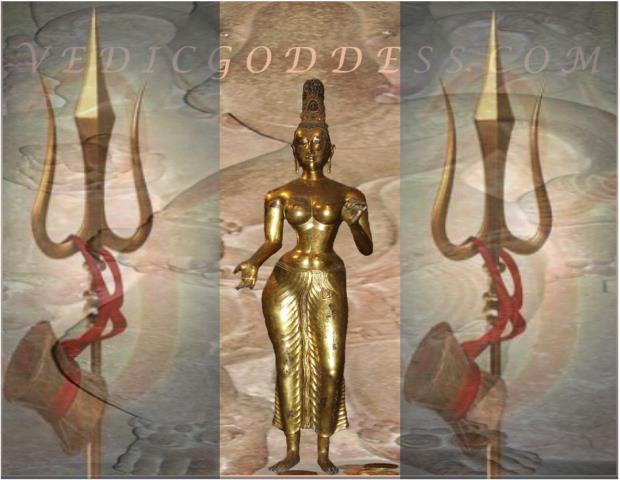
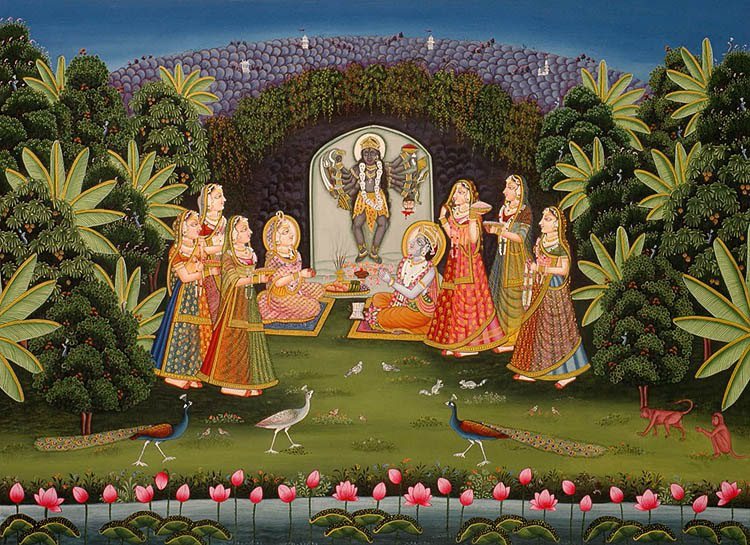
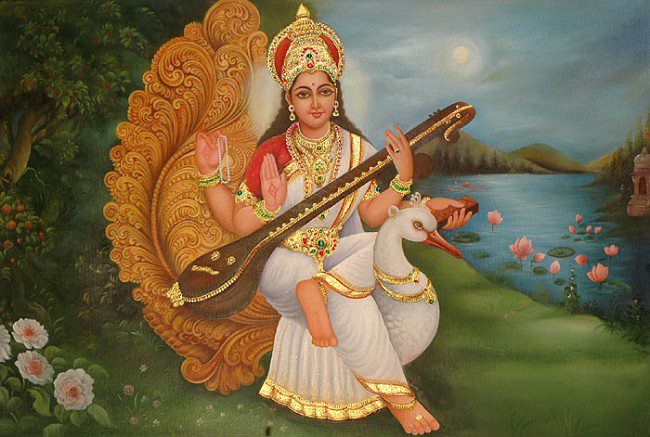
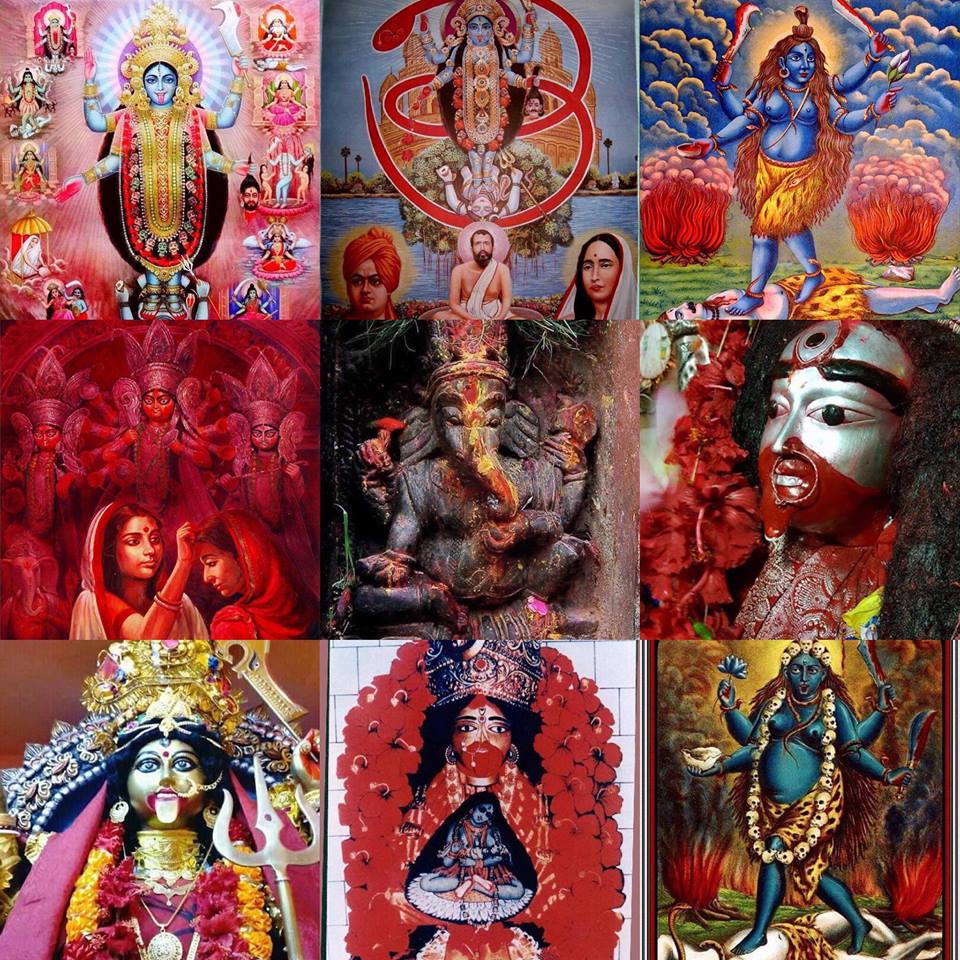
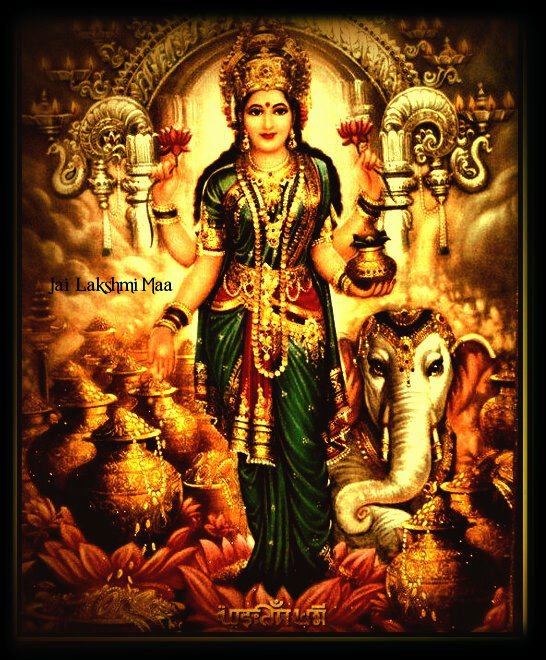
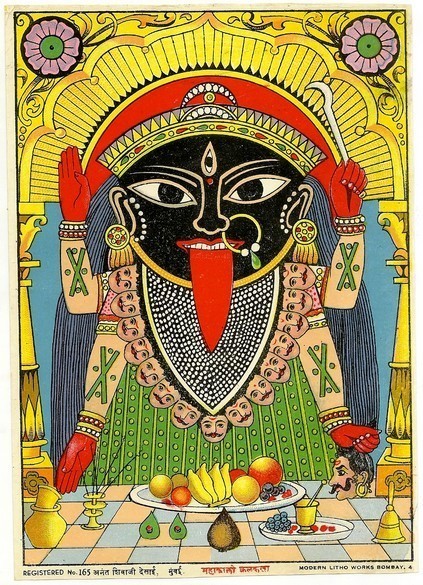
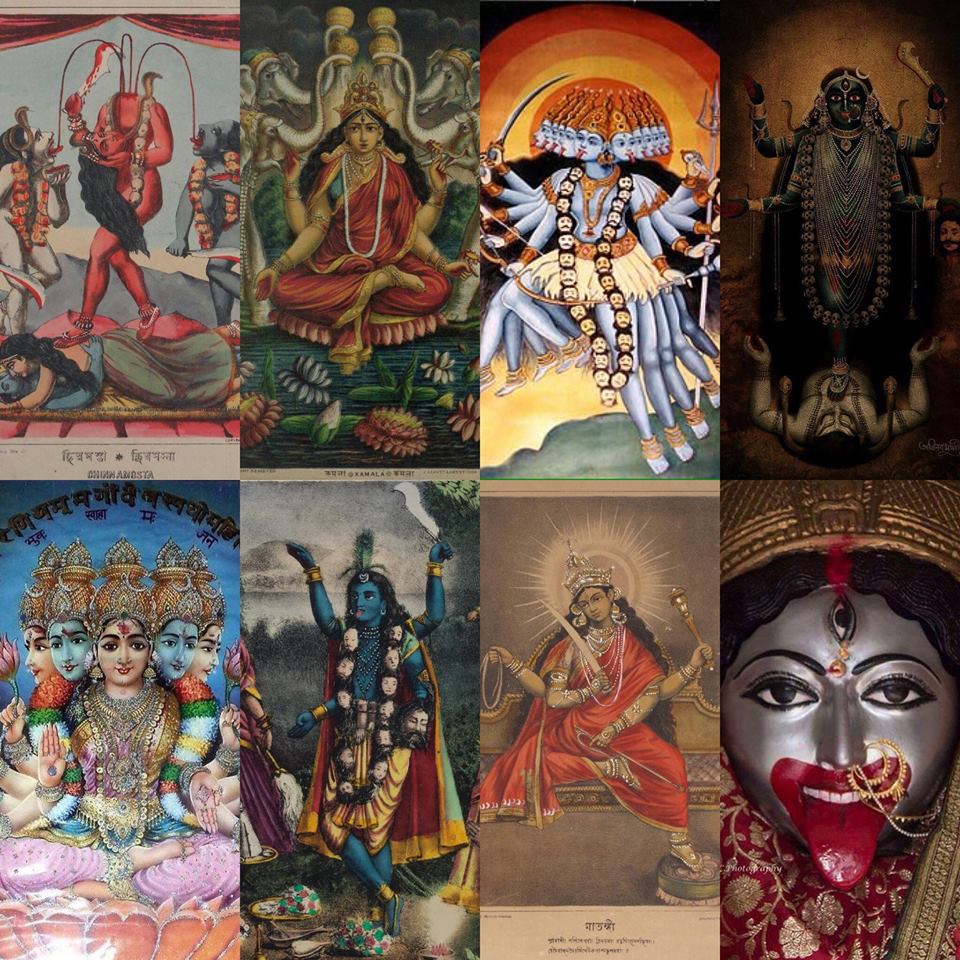
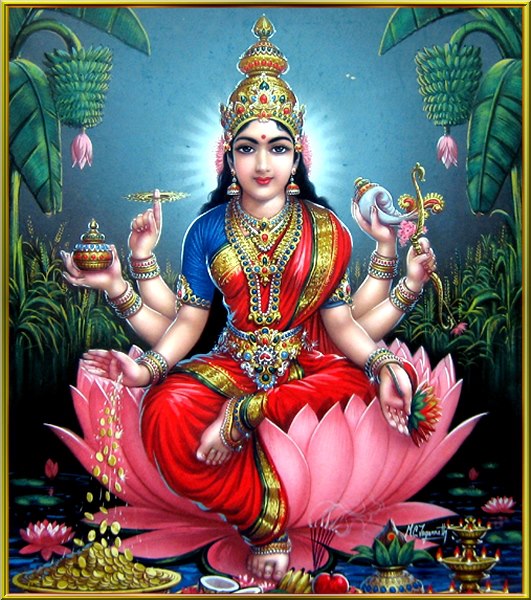
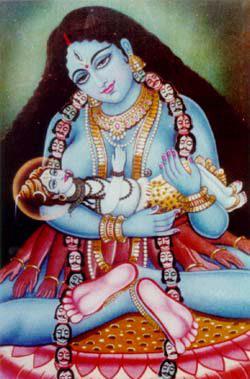
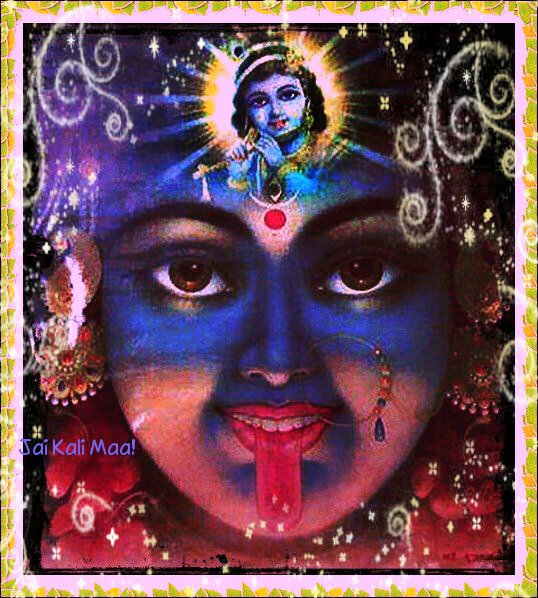
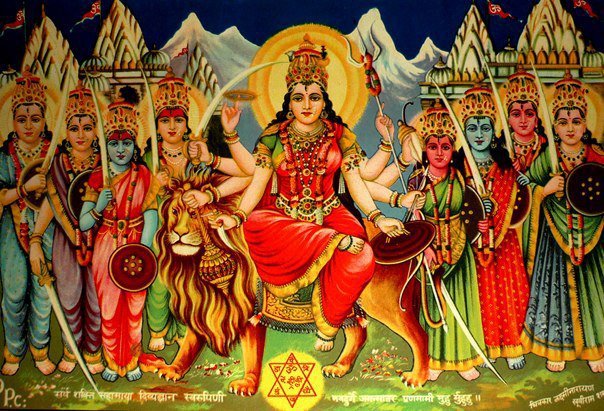
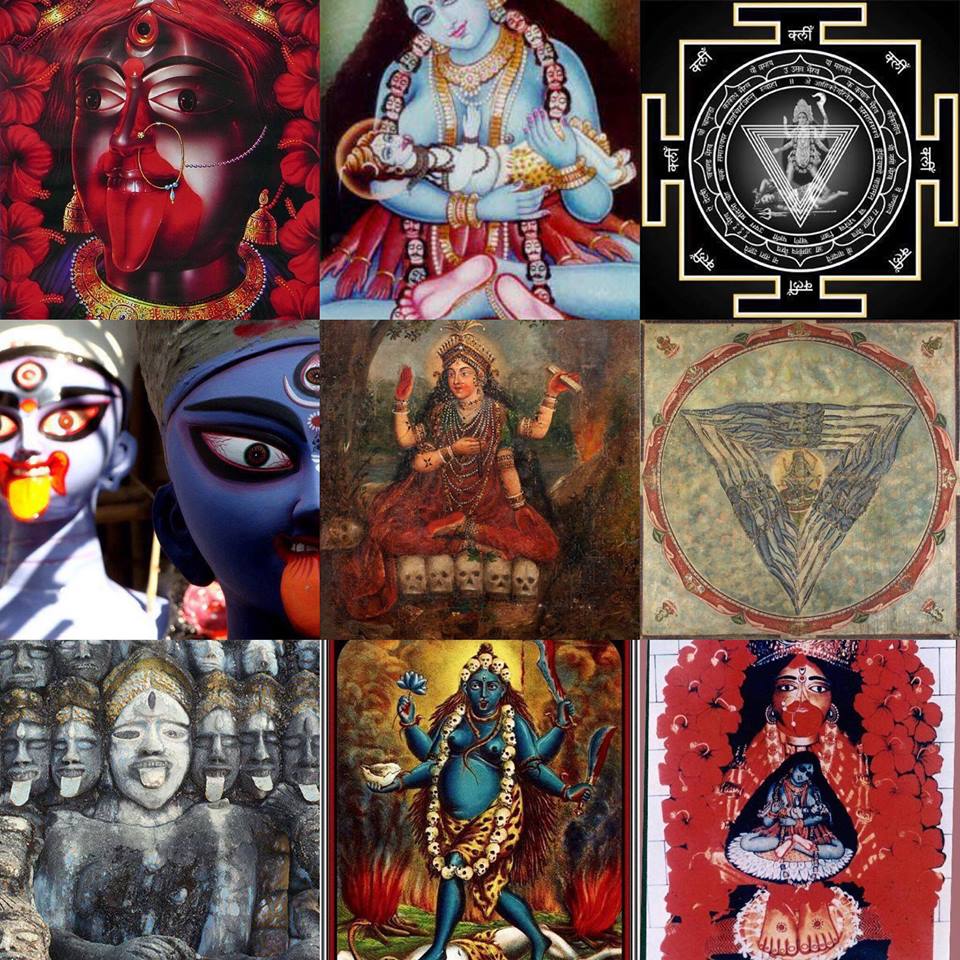
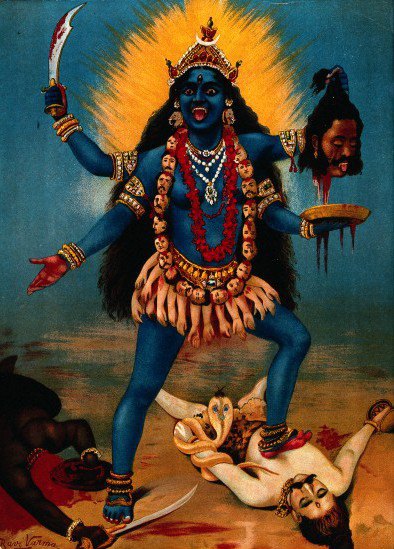
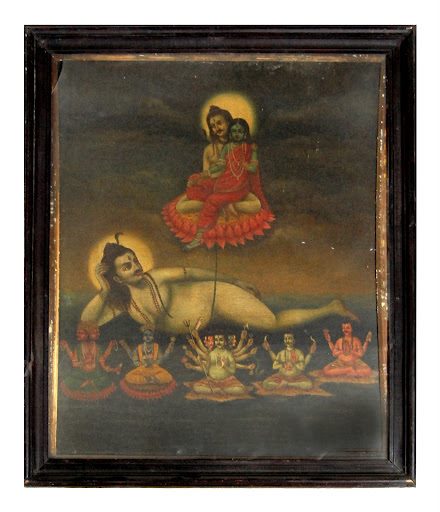
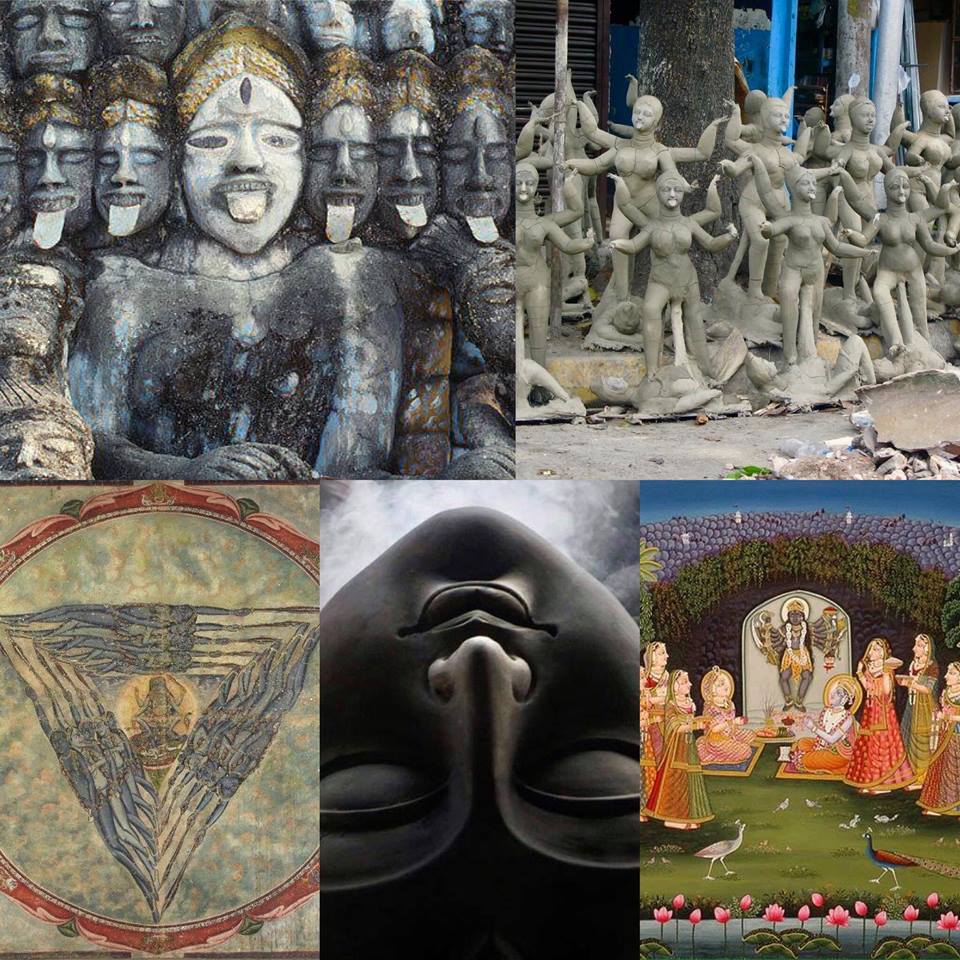
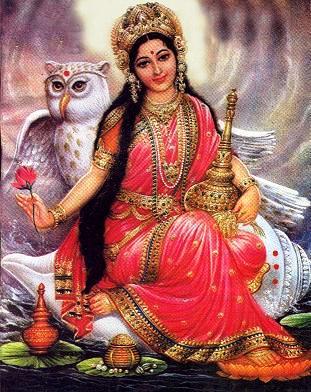
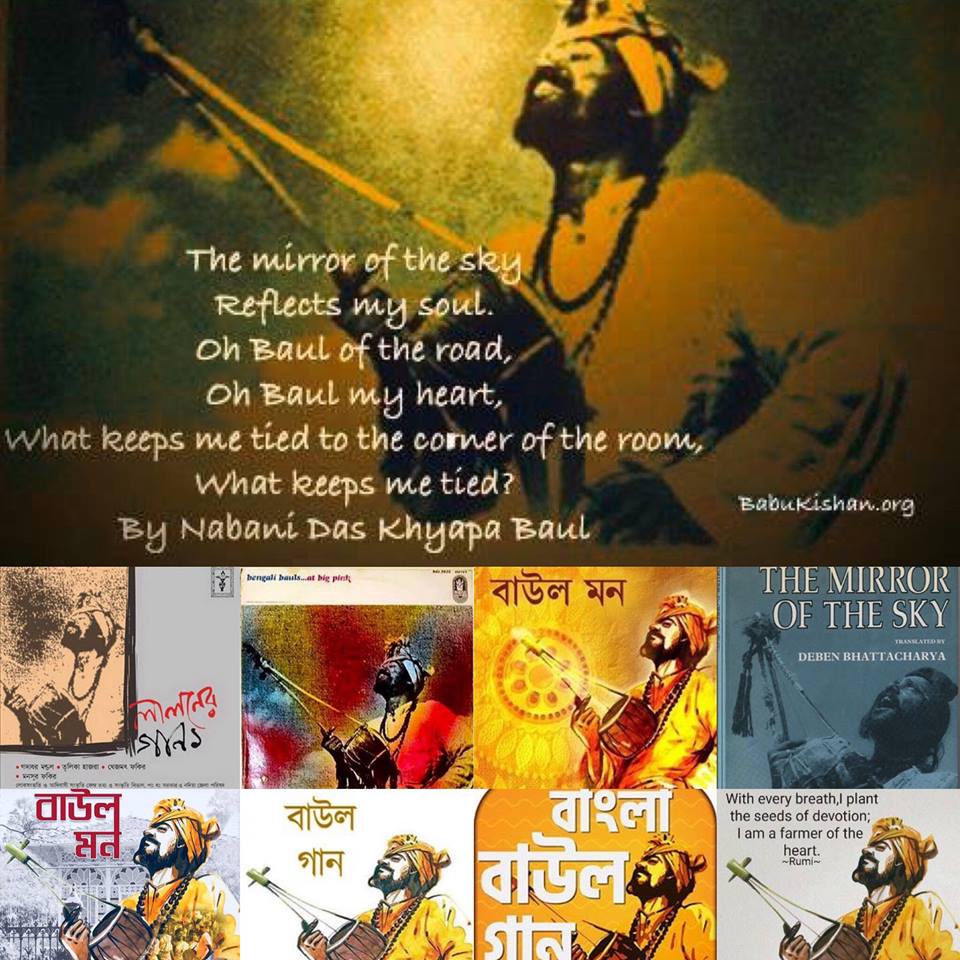
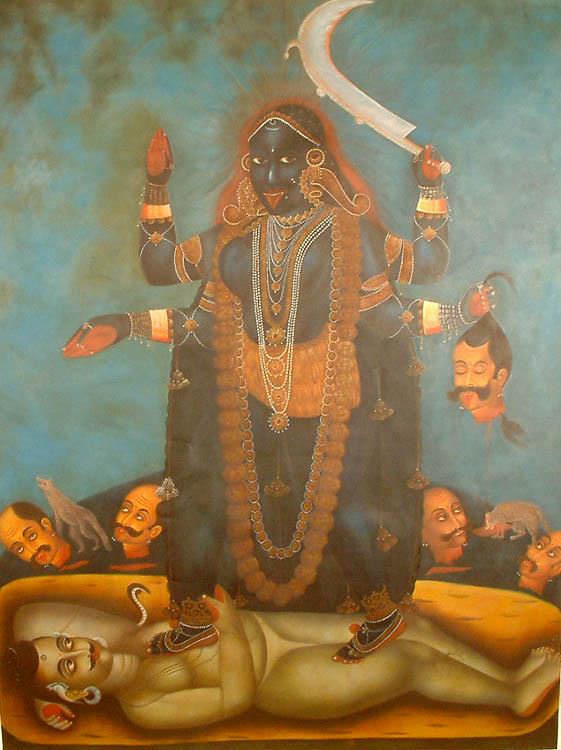
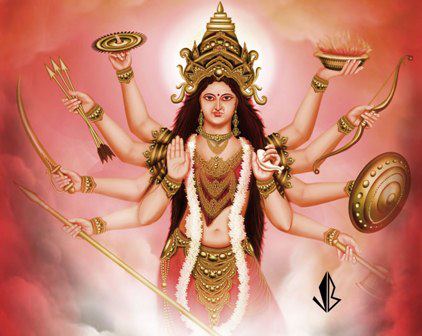
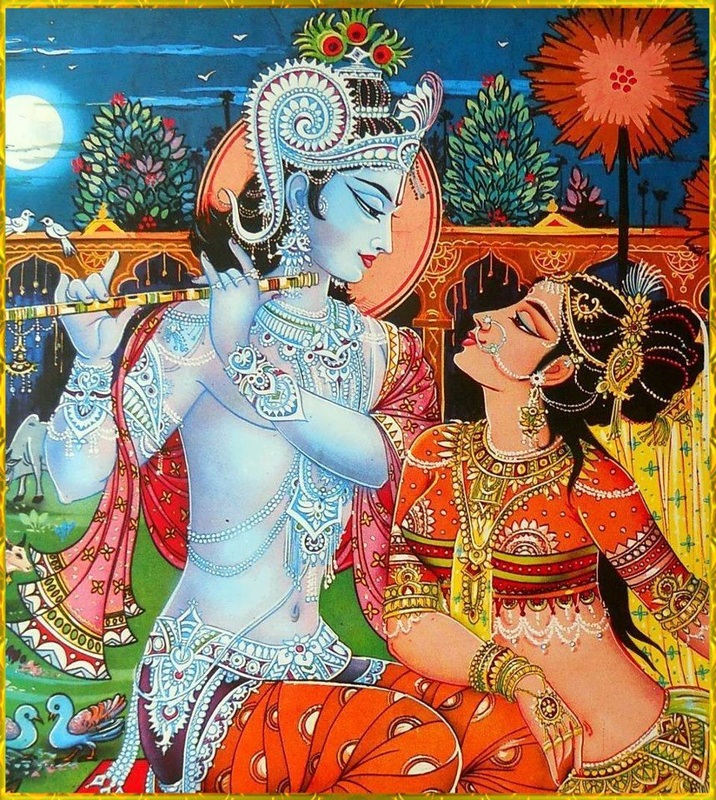
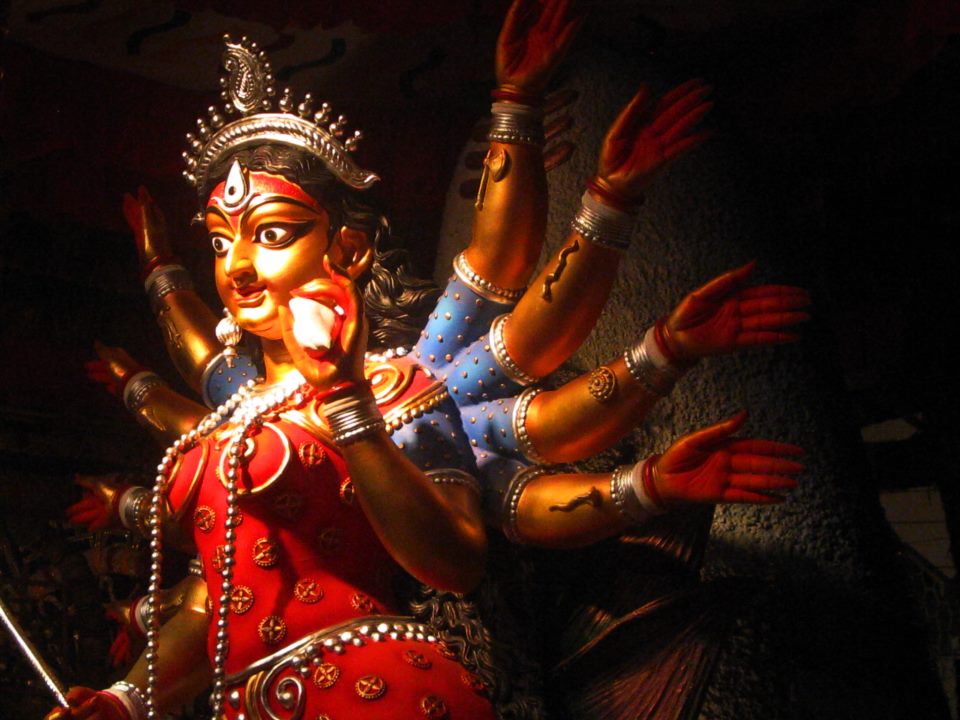
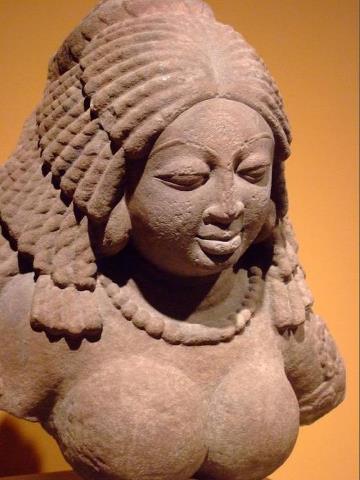
 RSS Feed
RSS Feed
